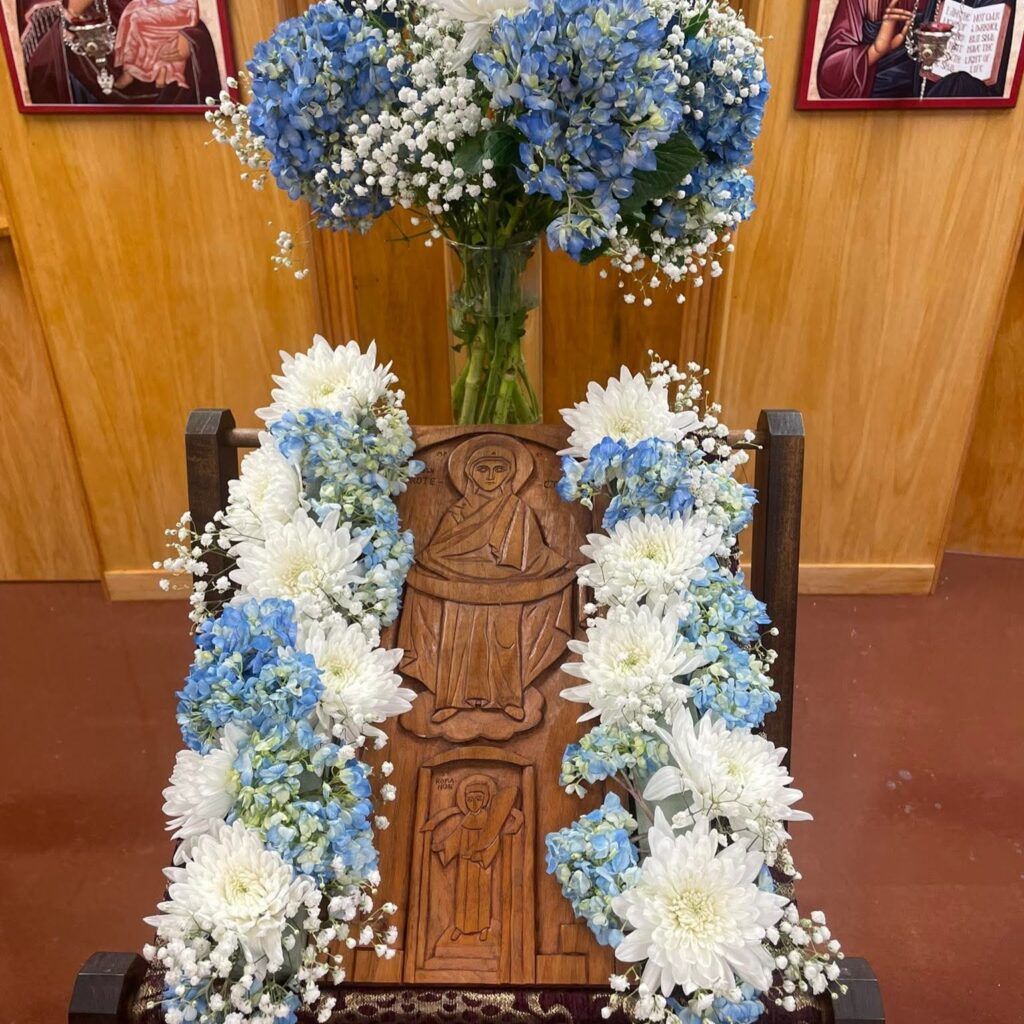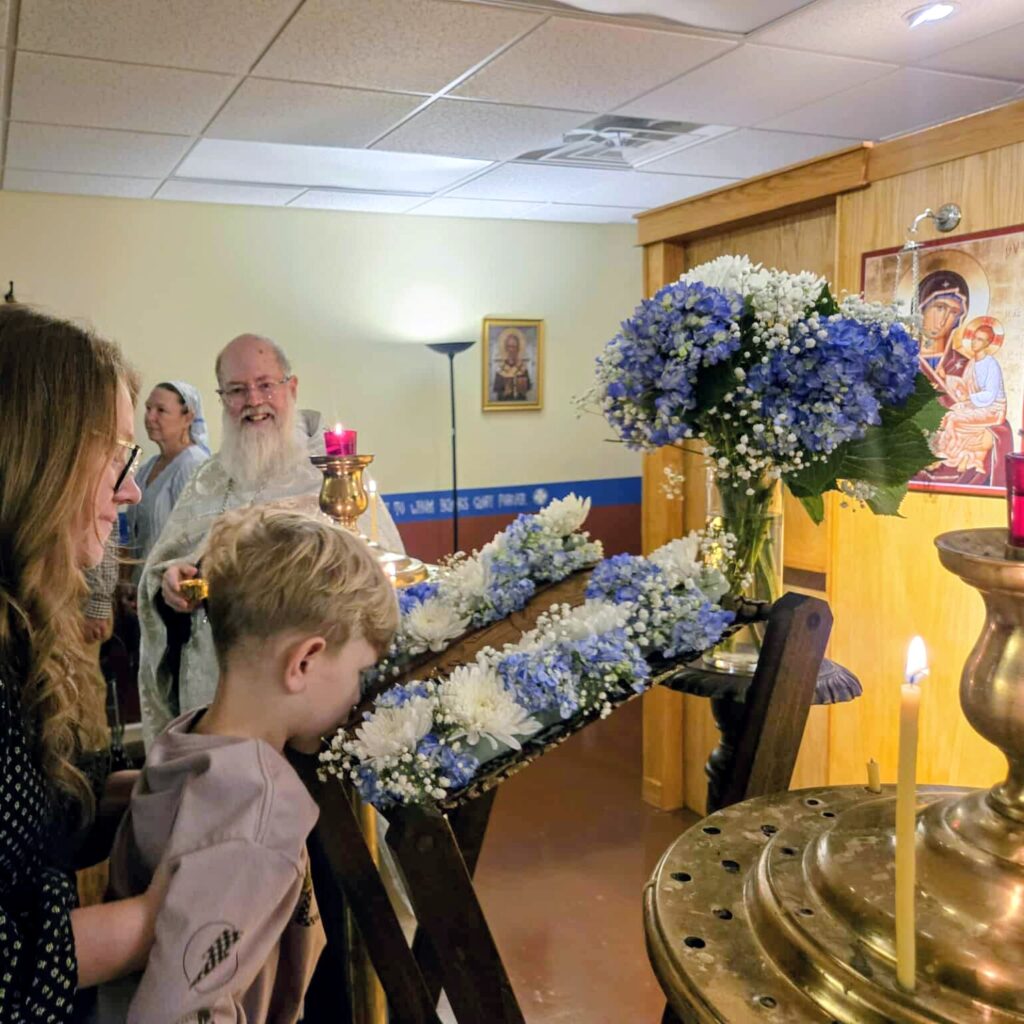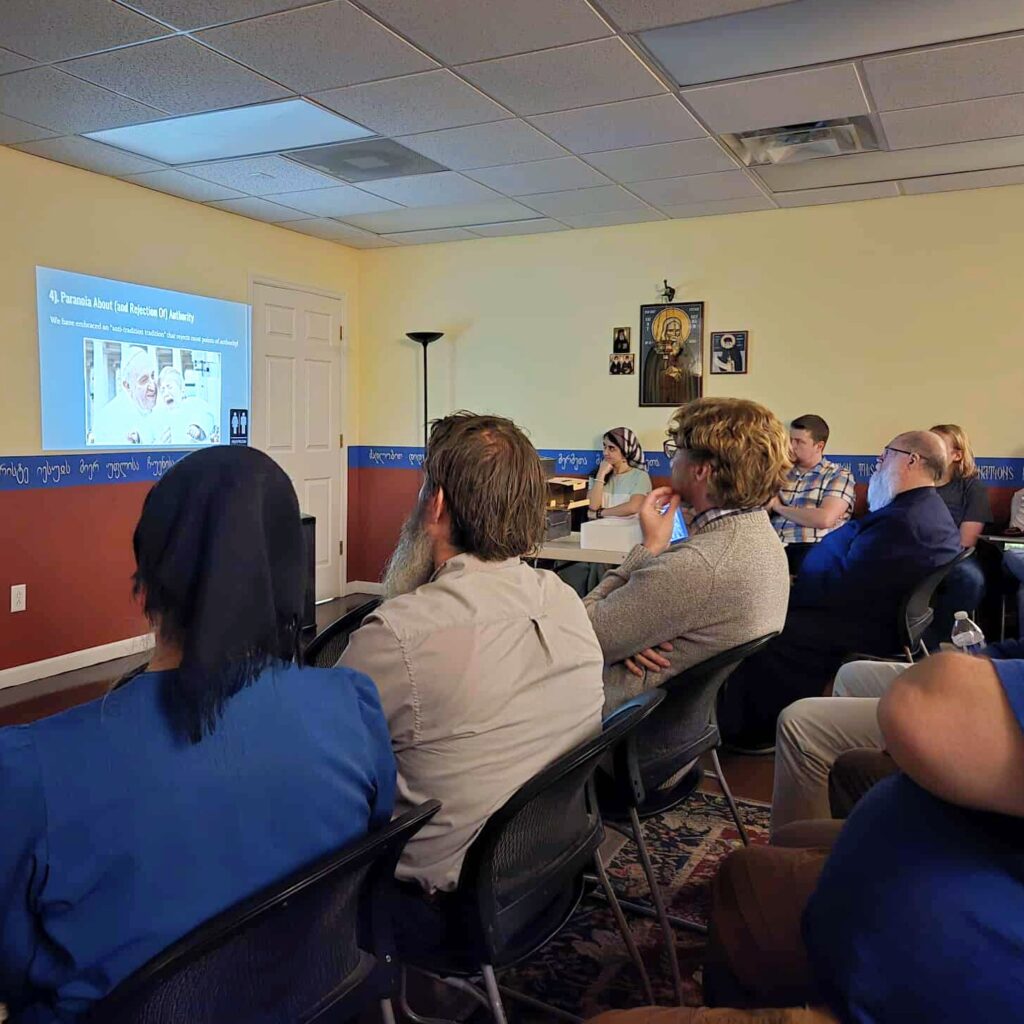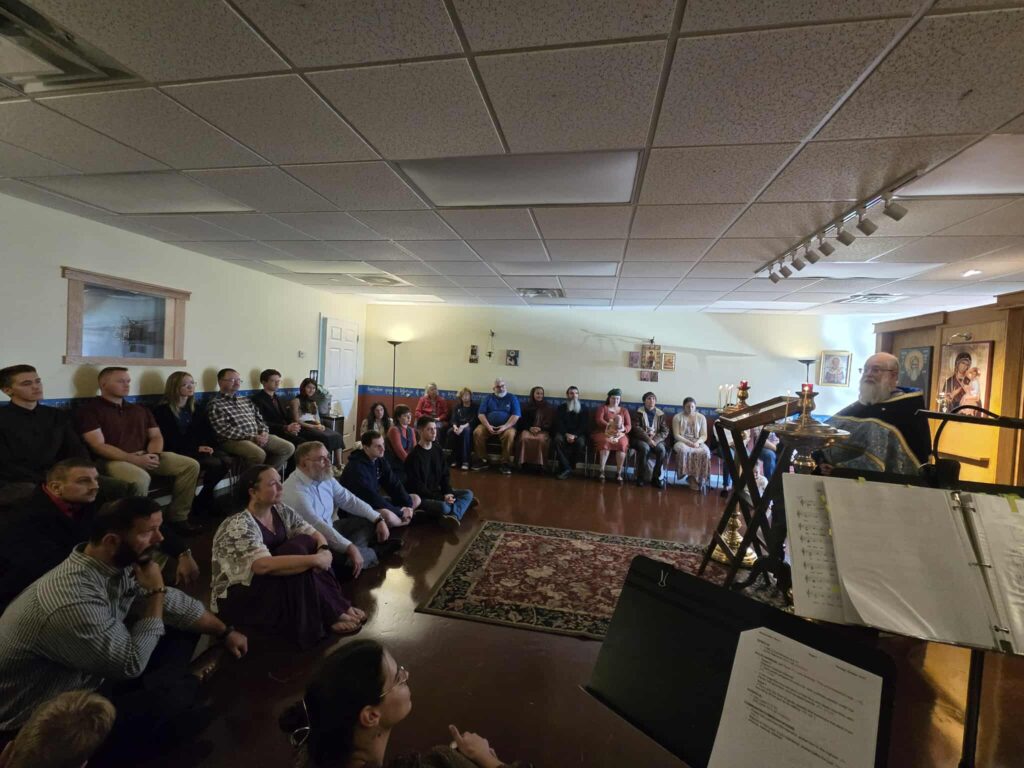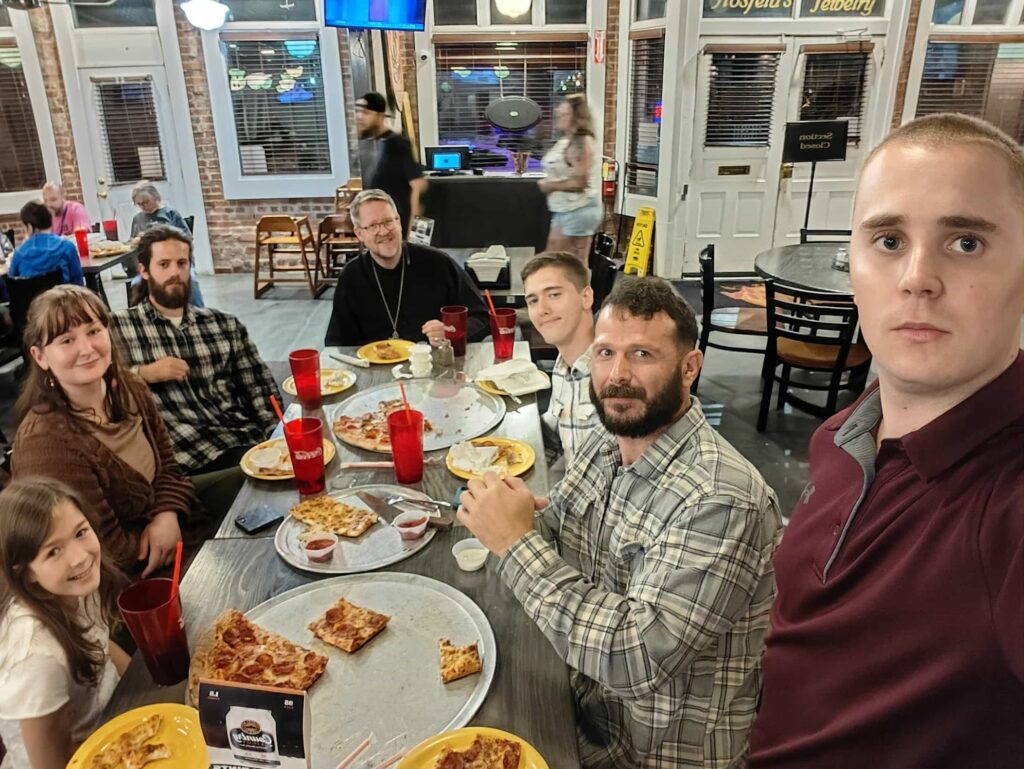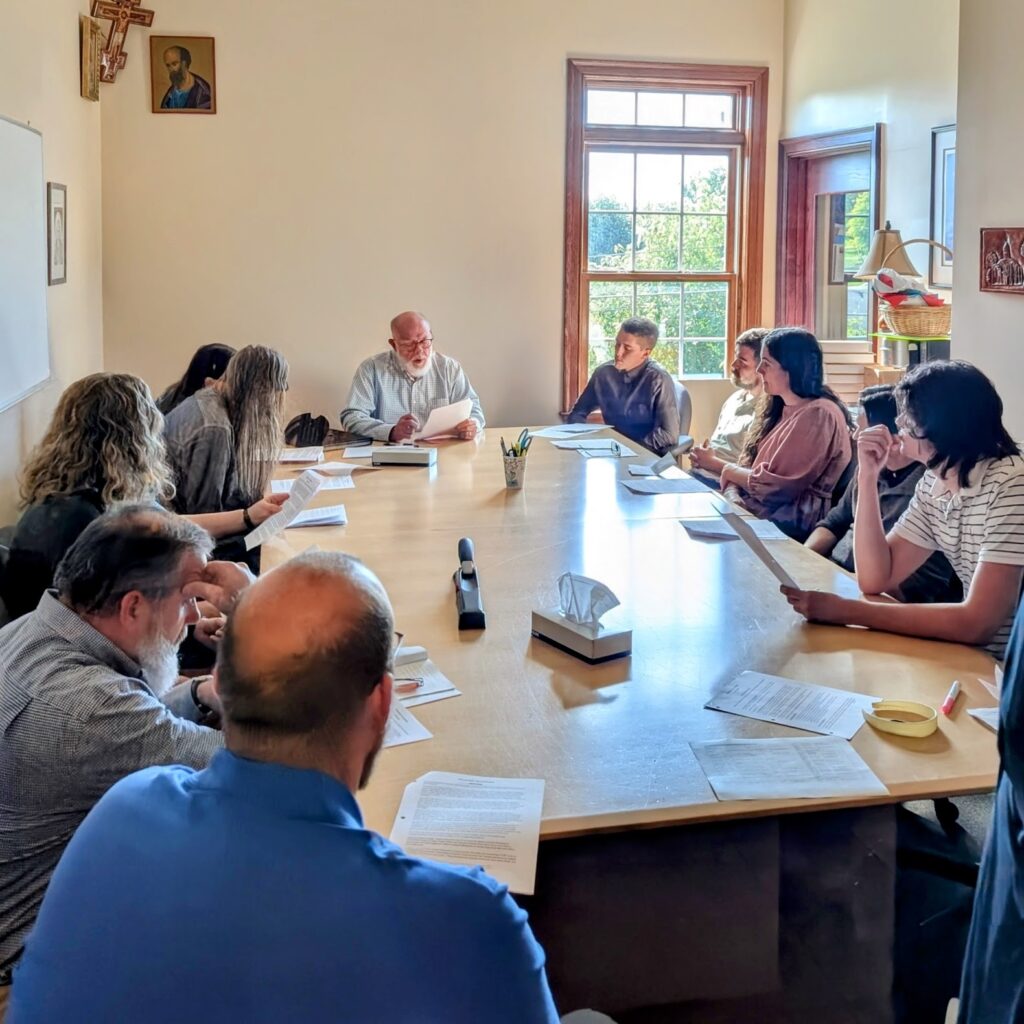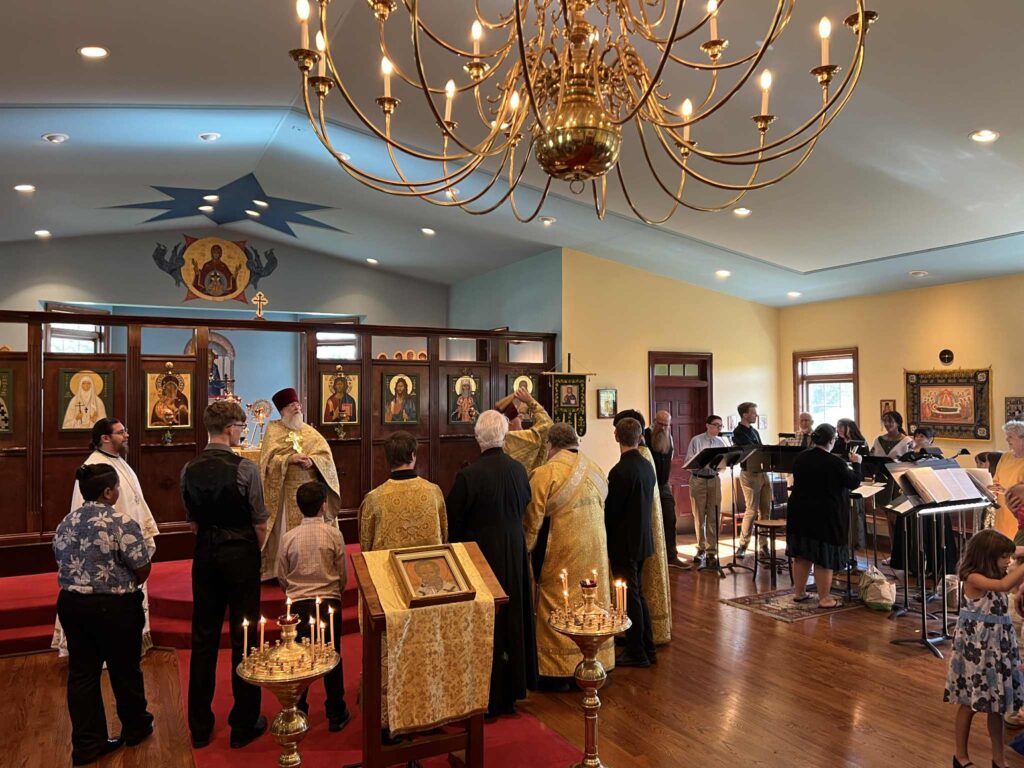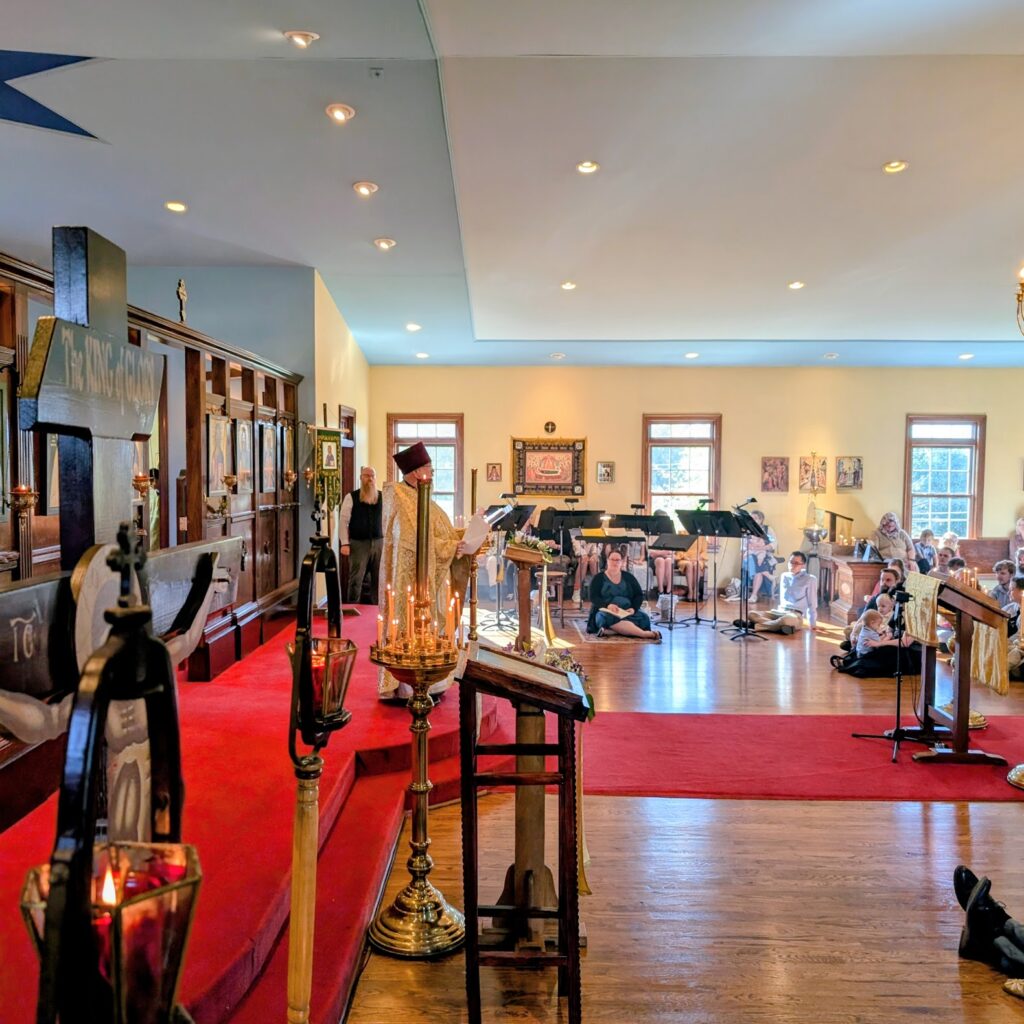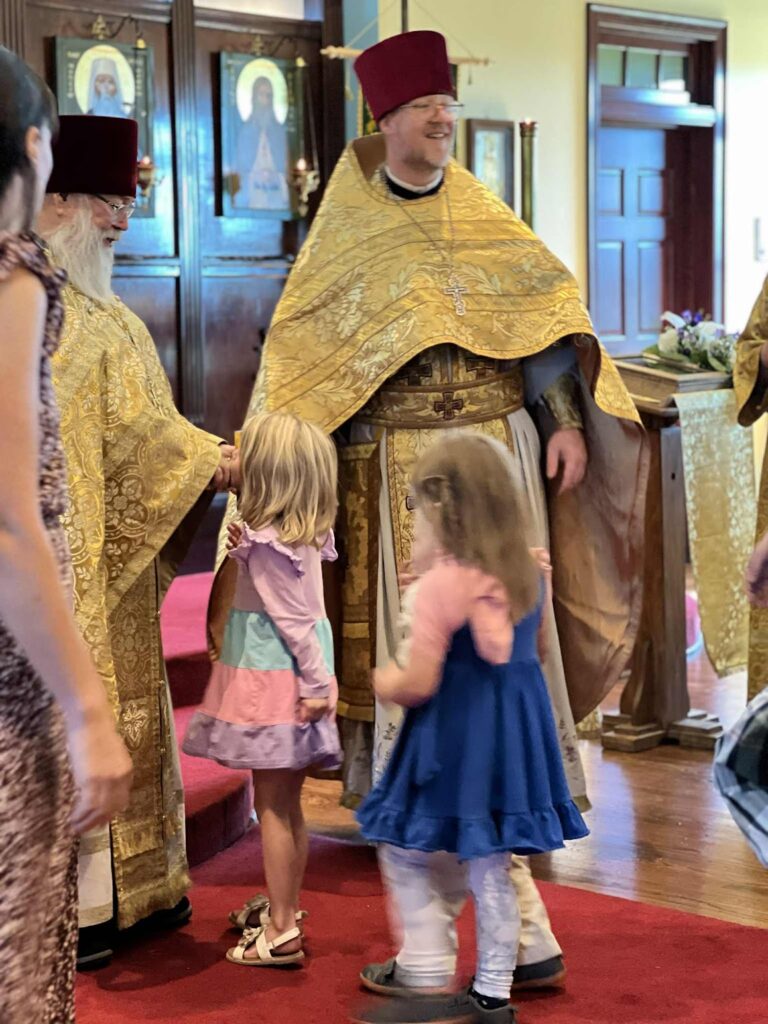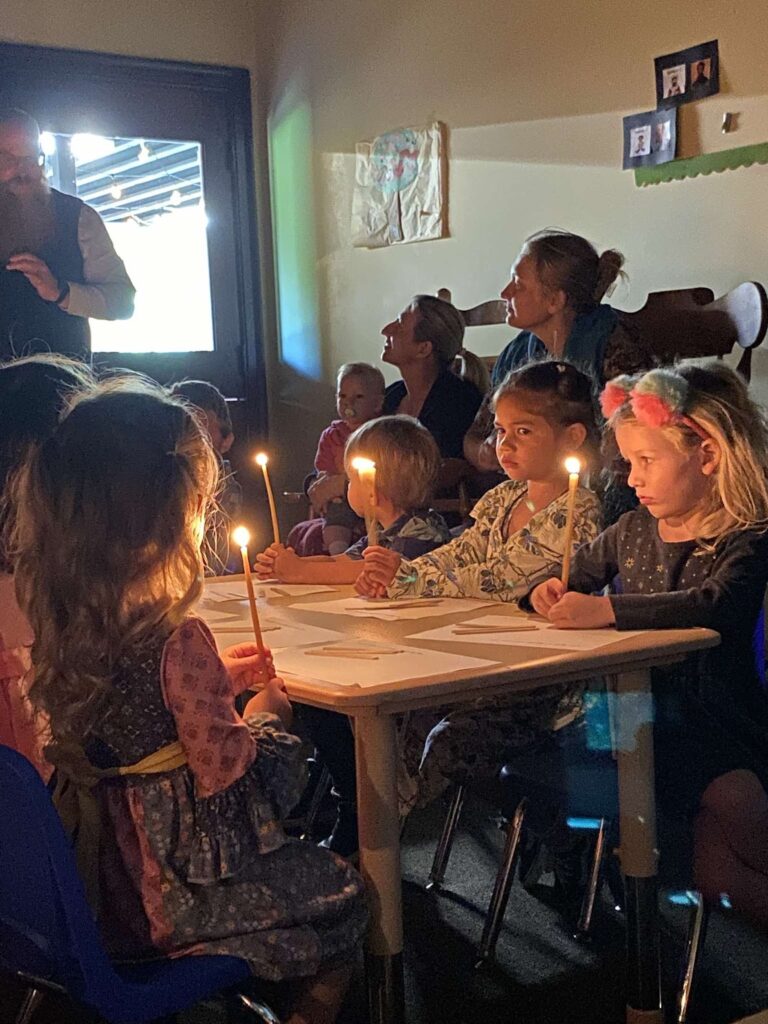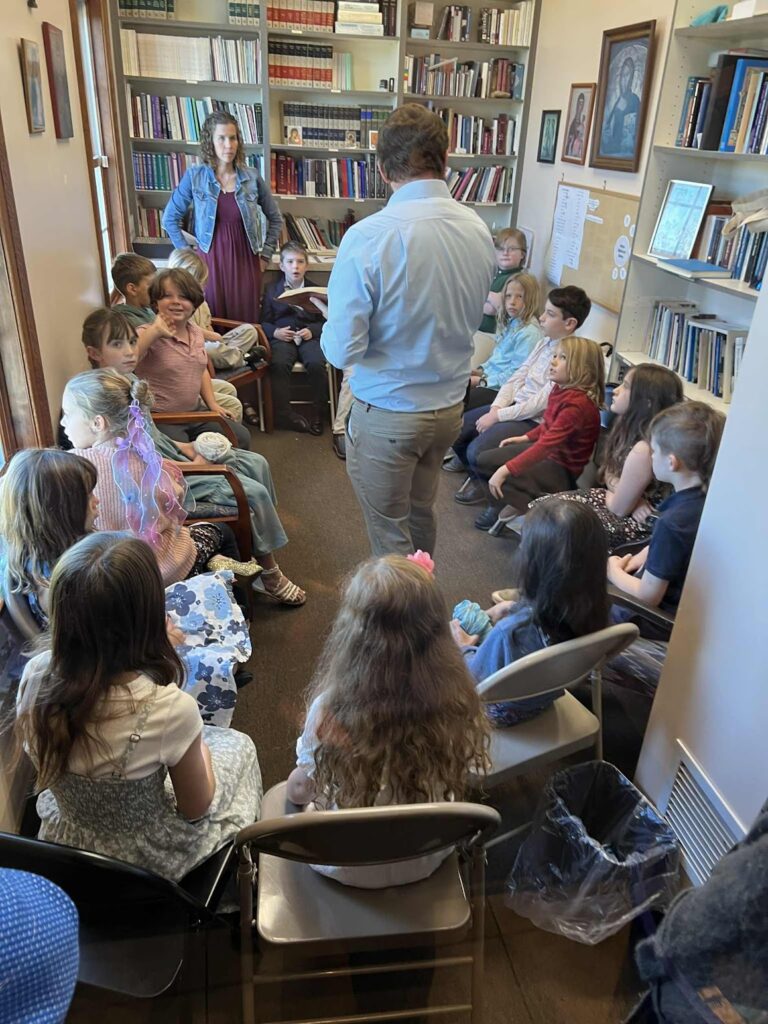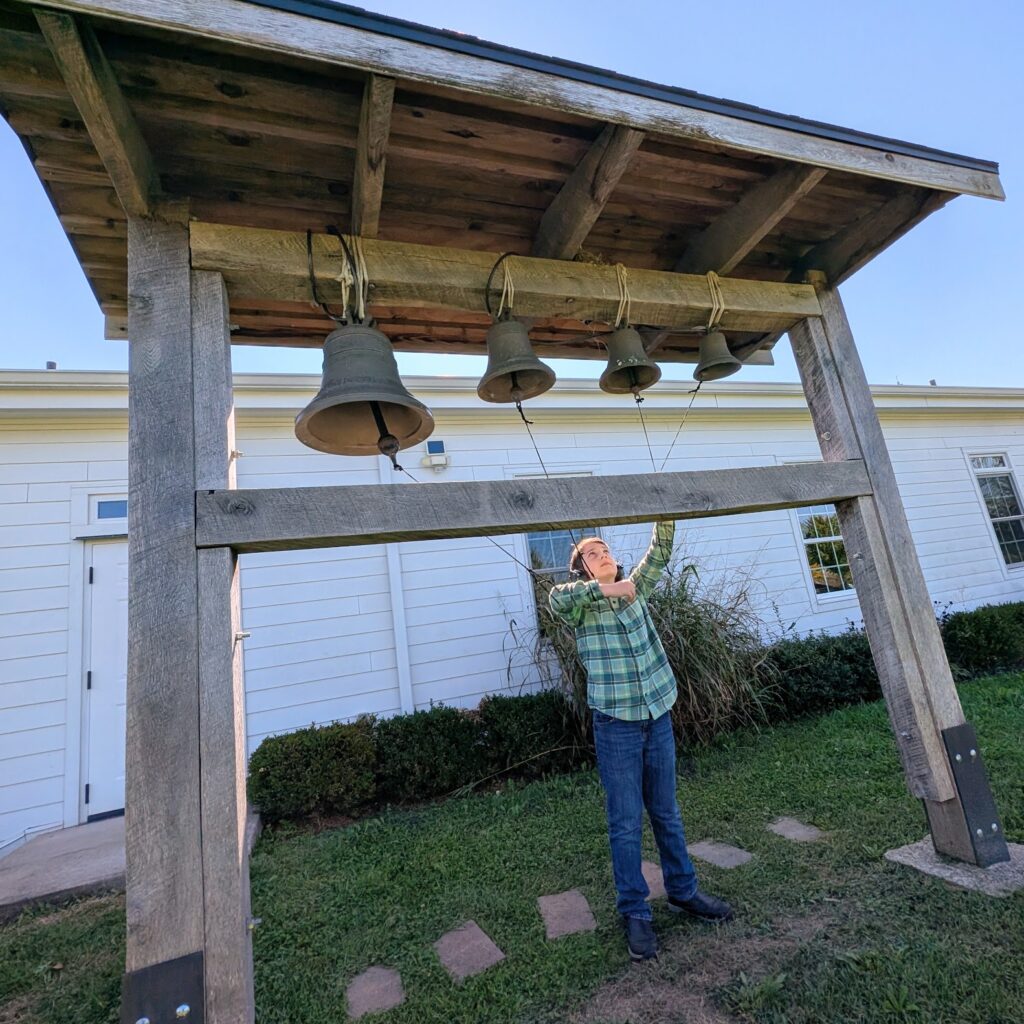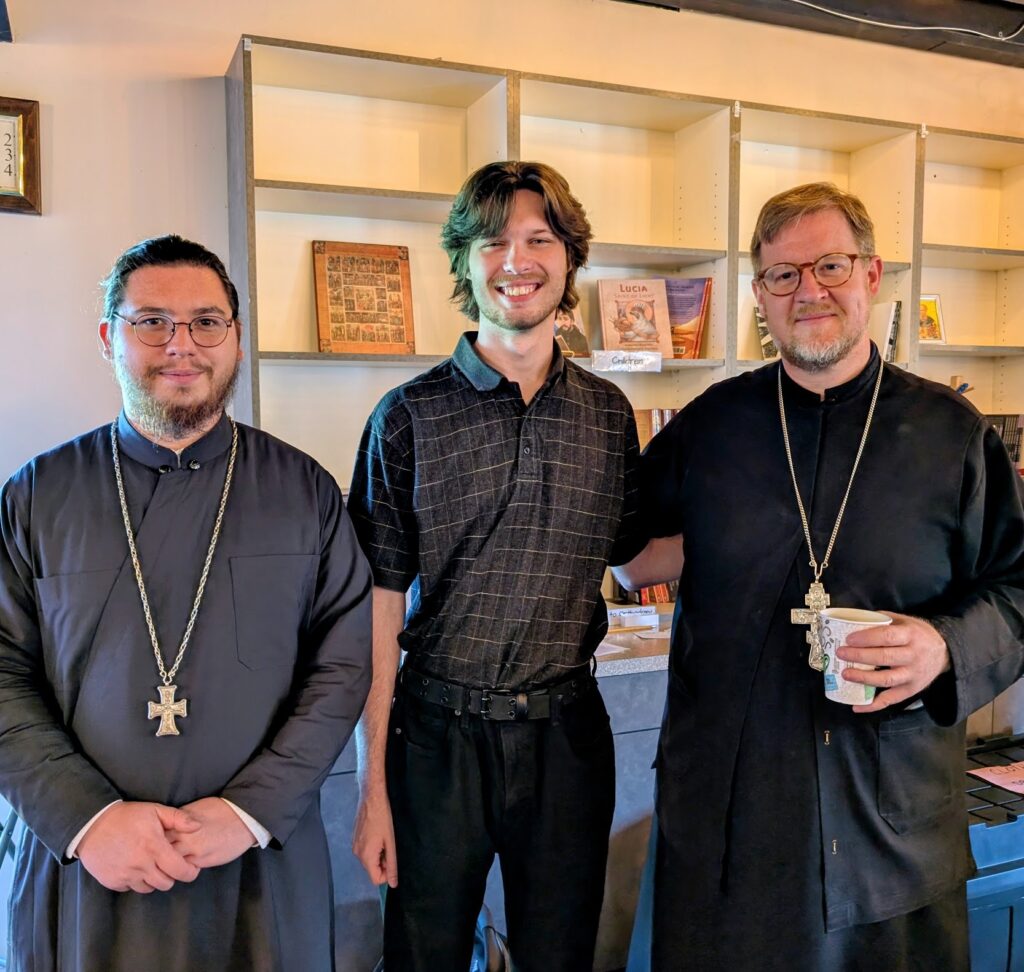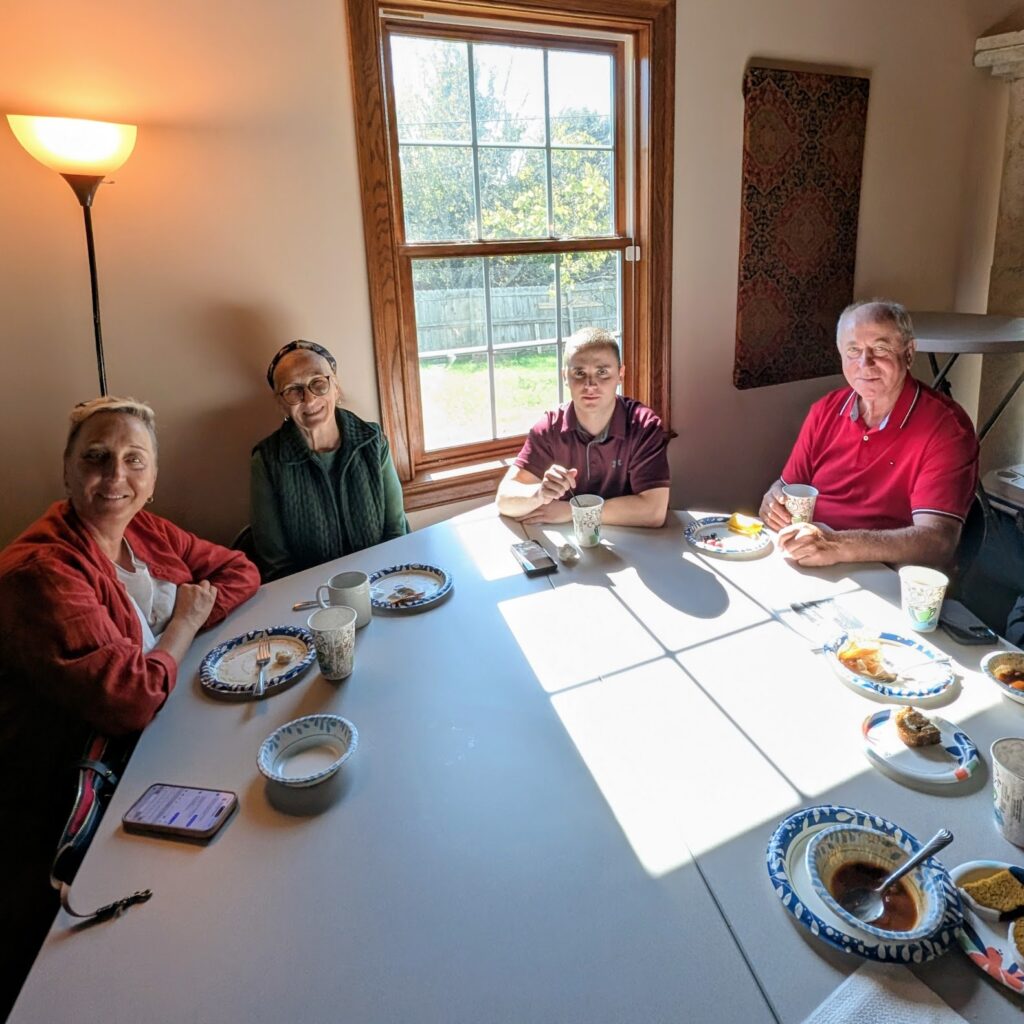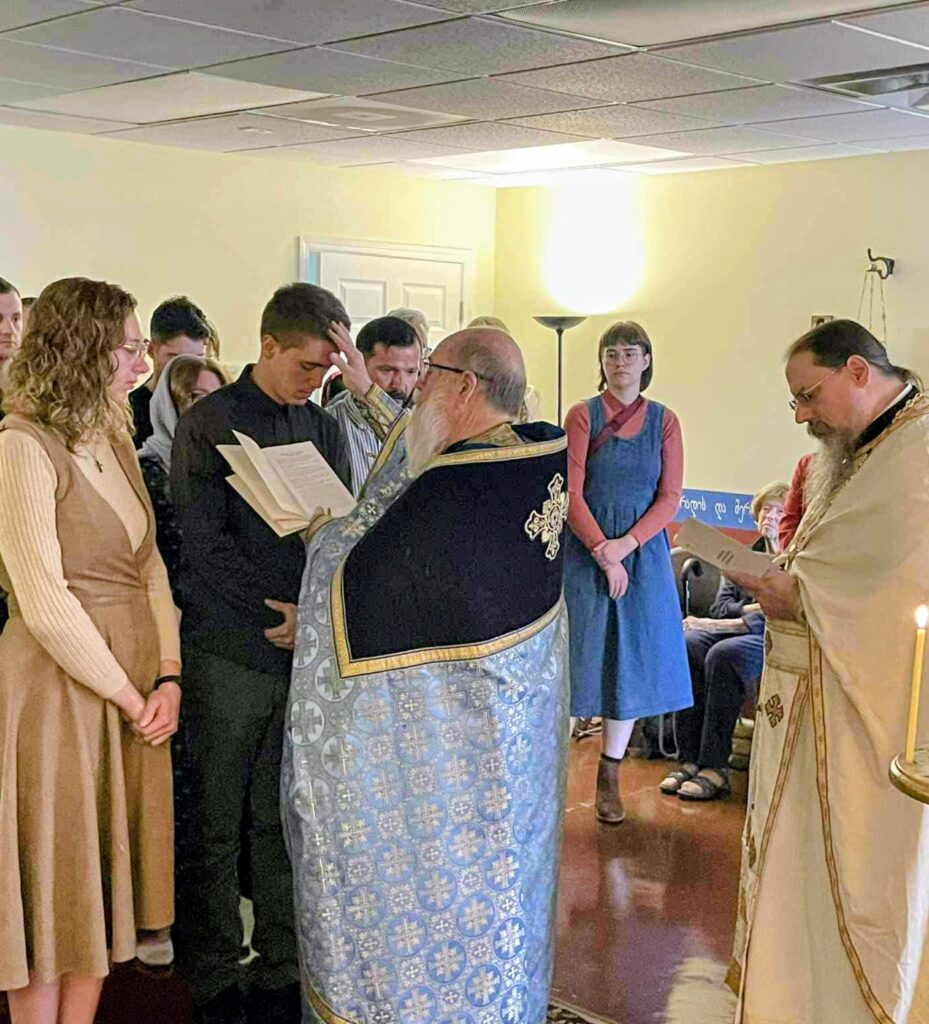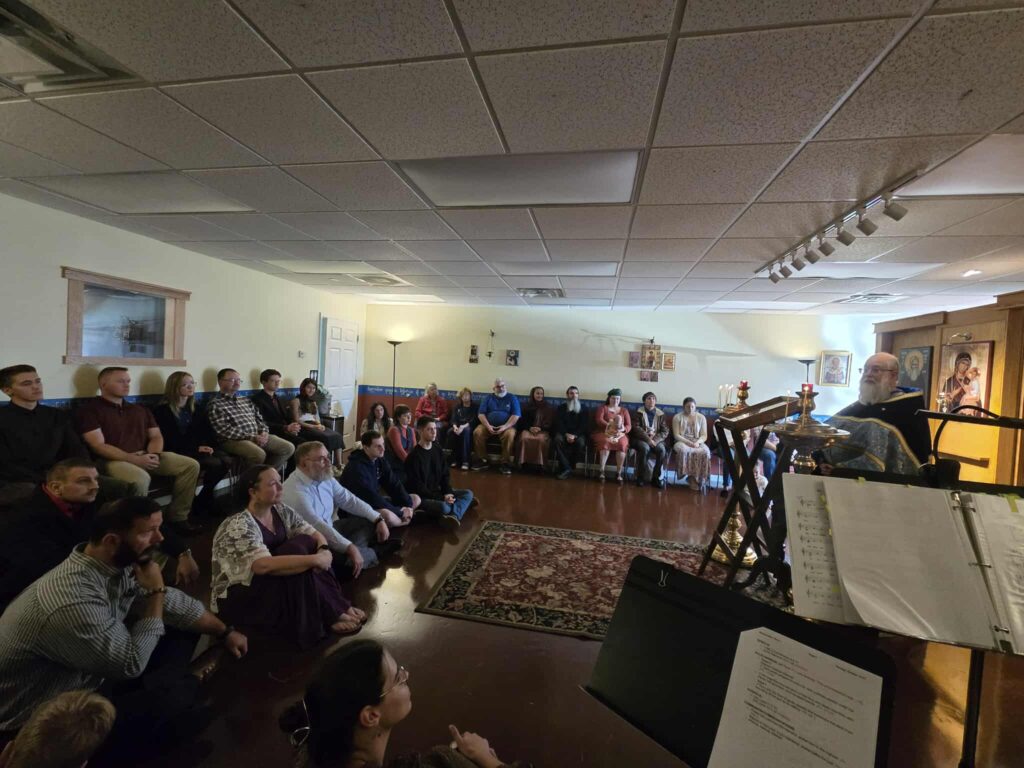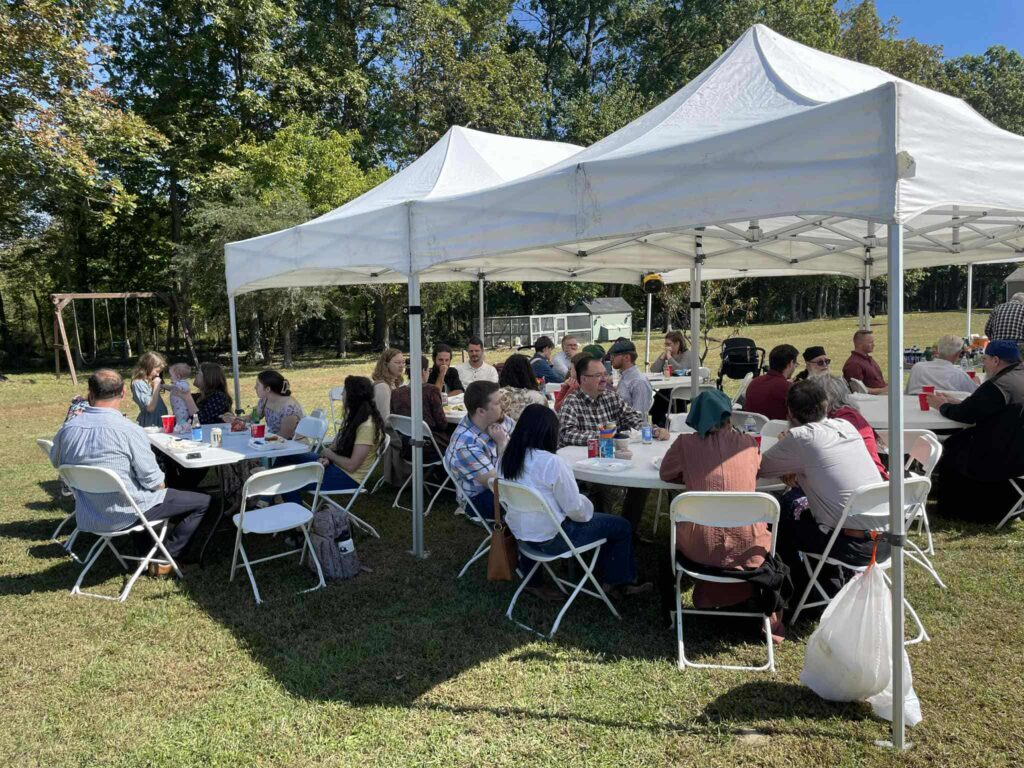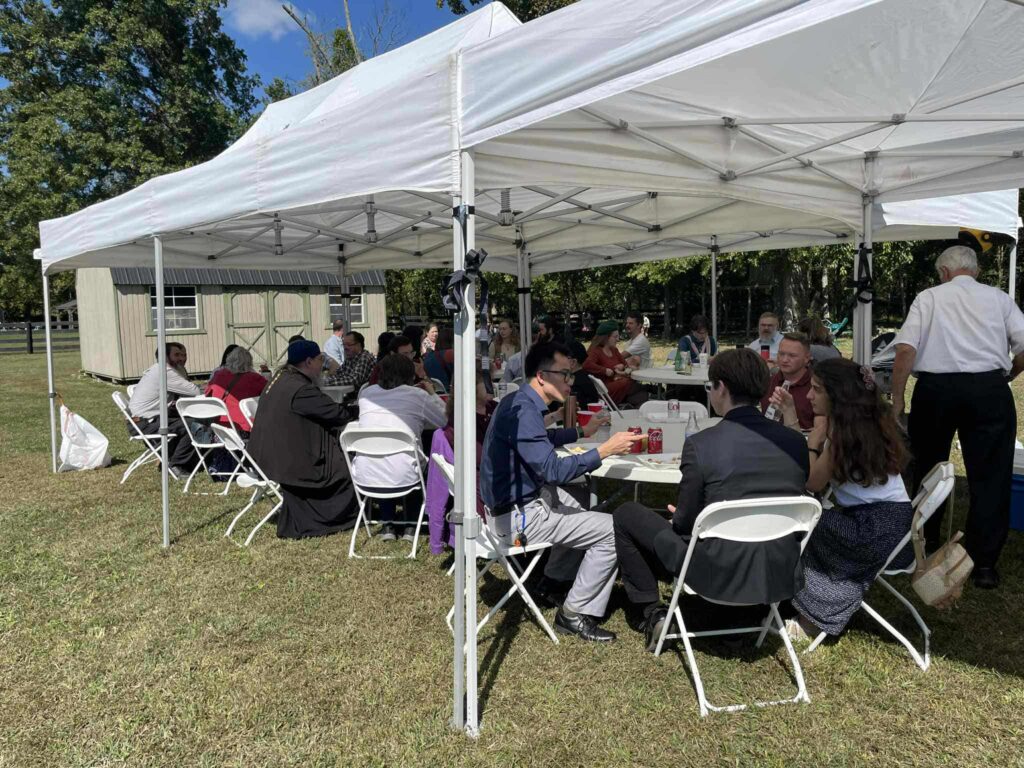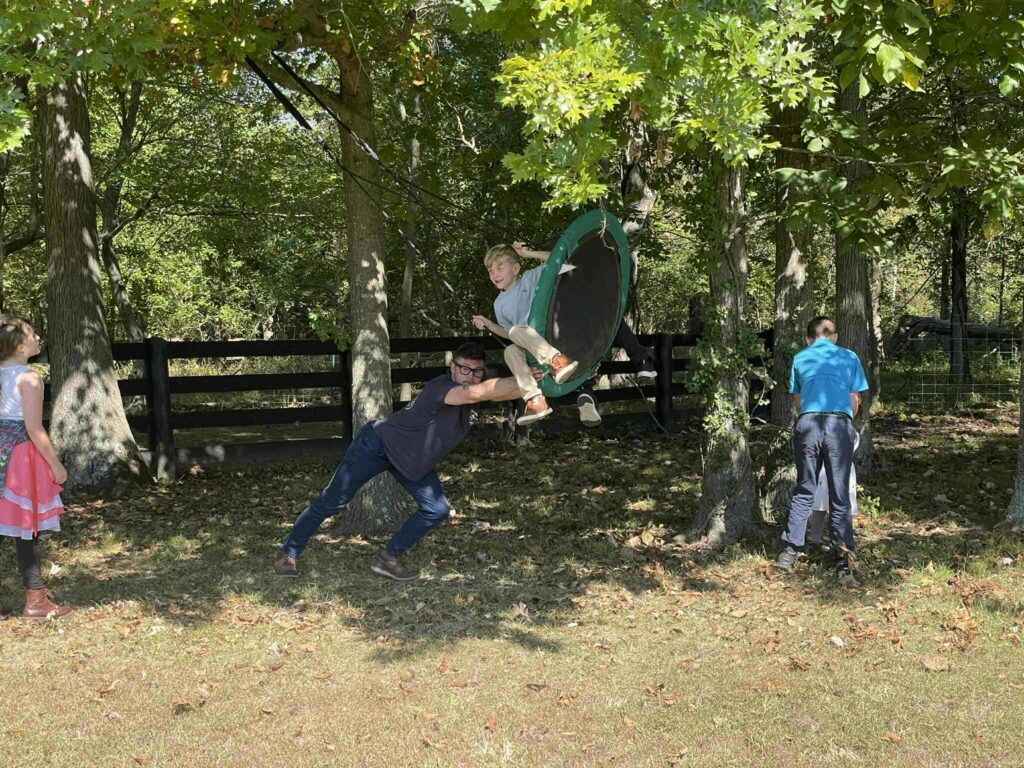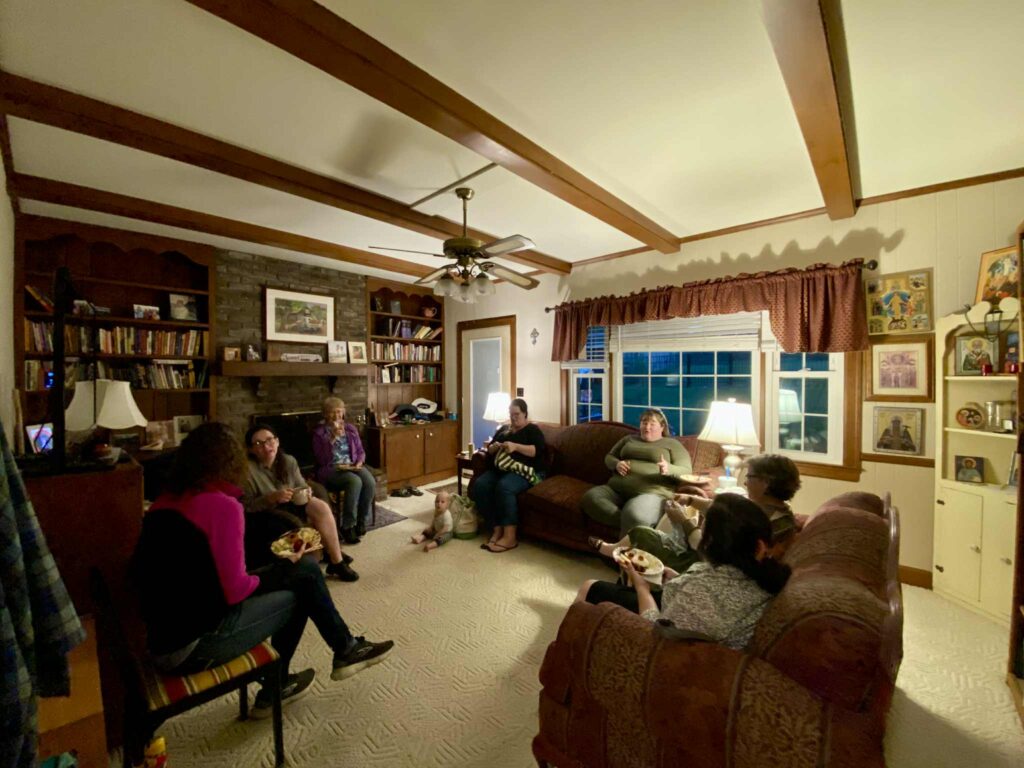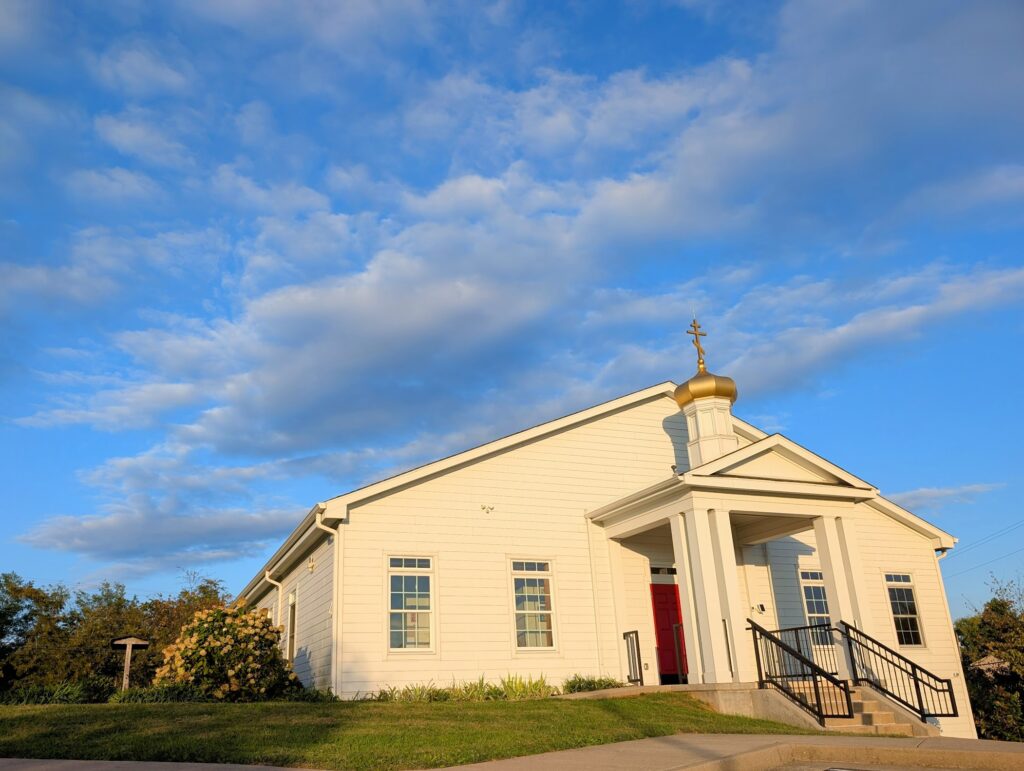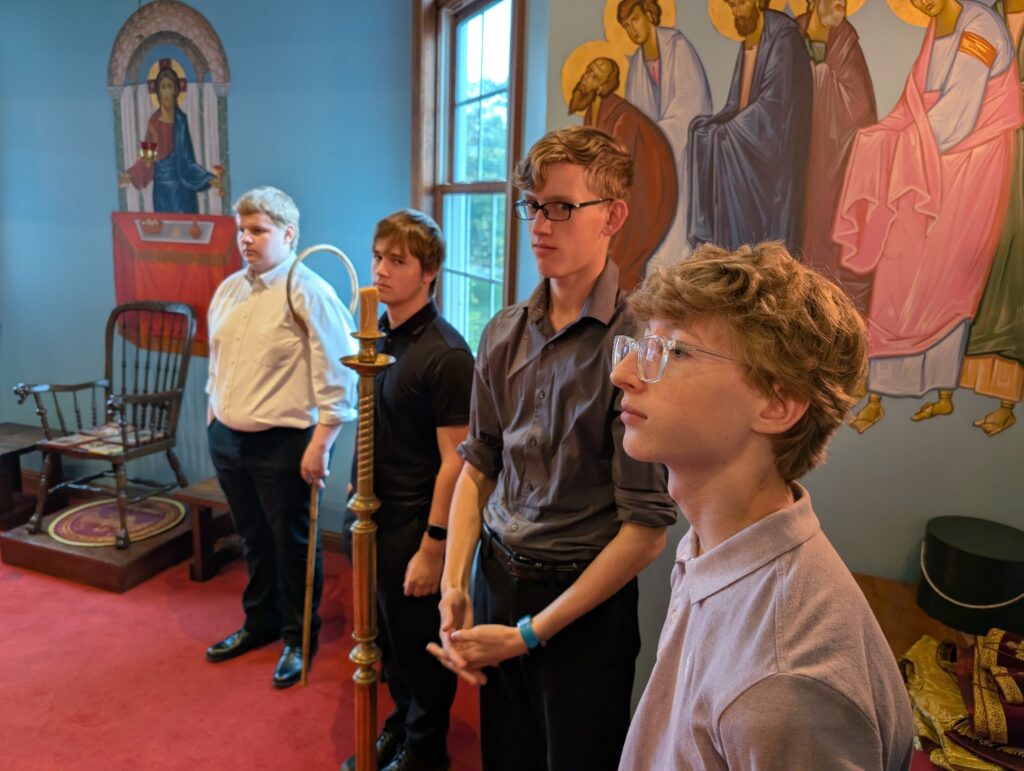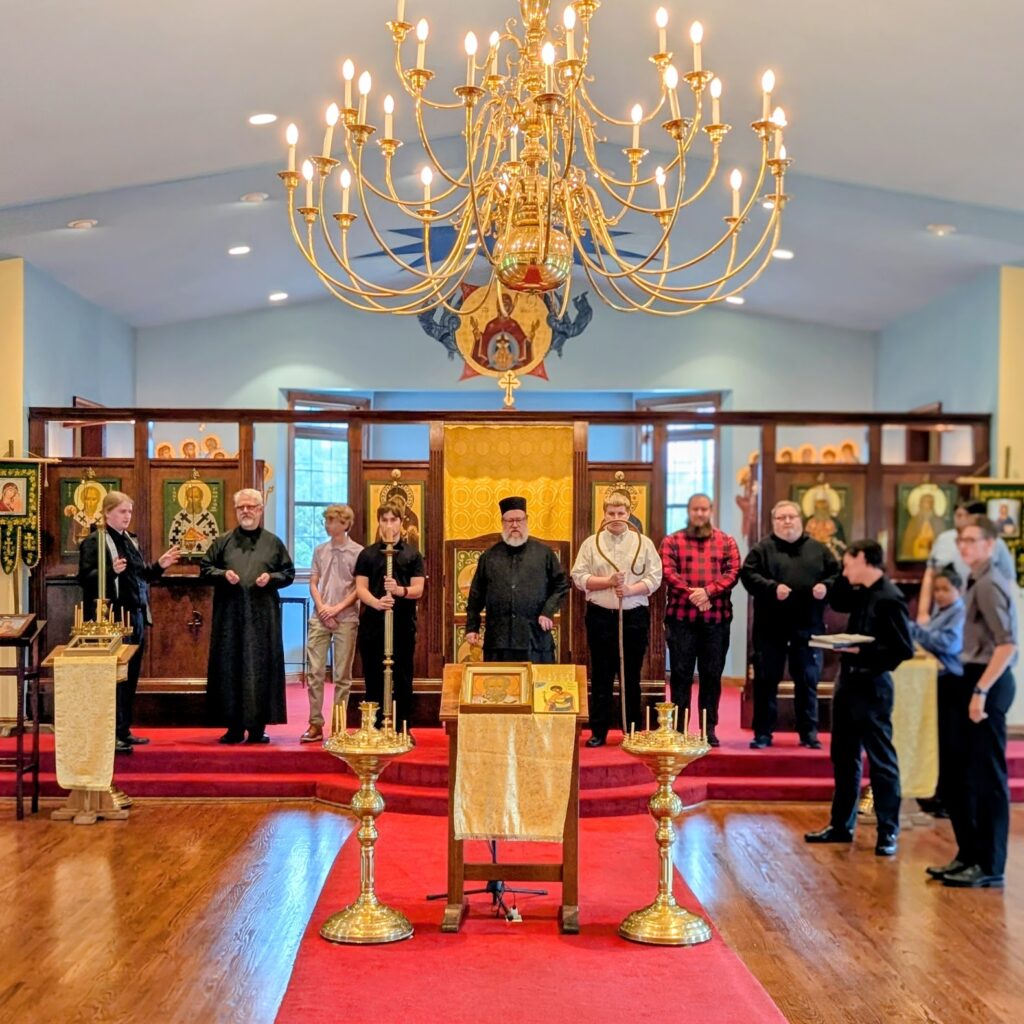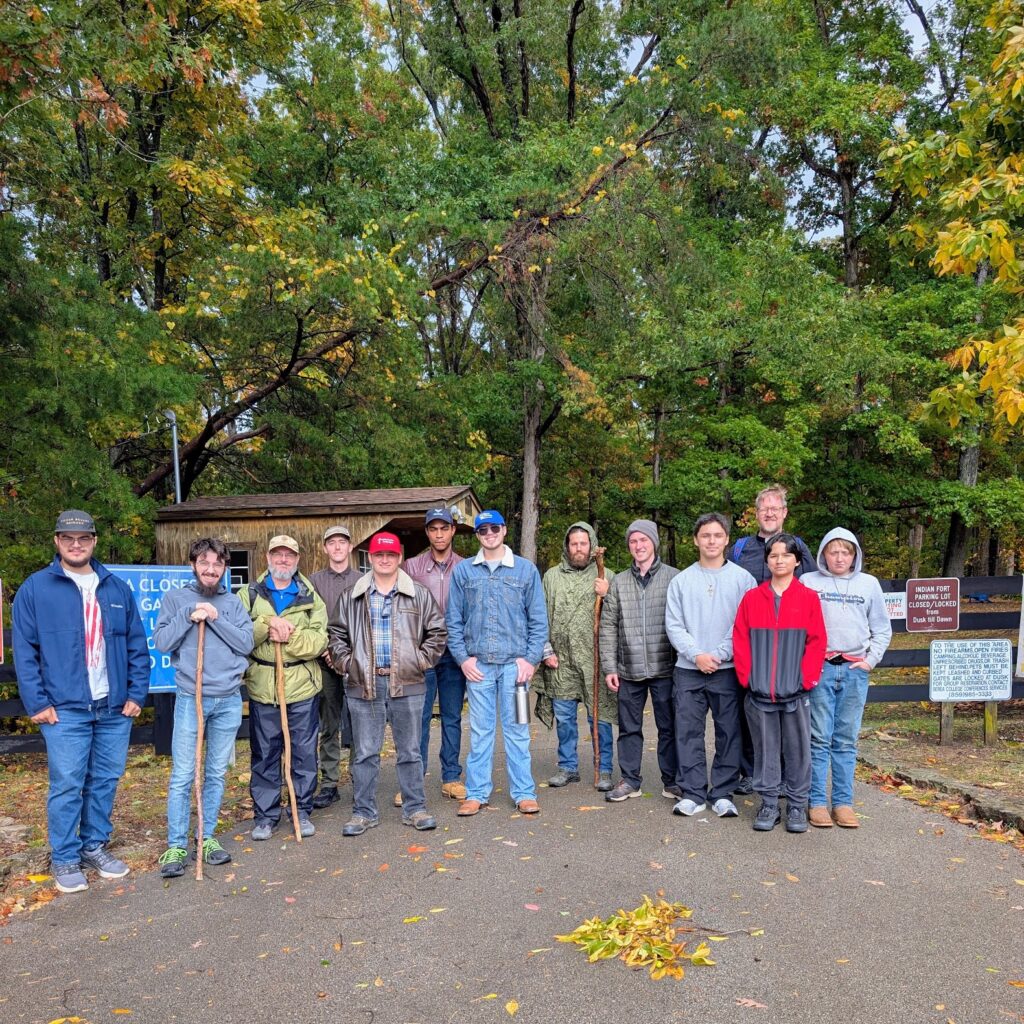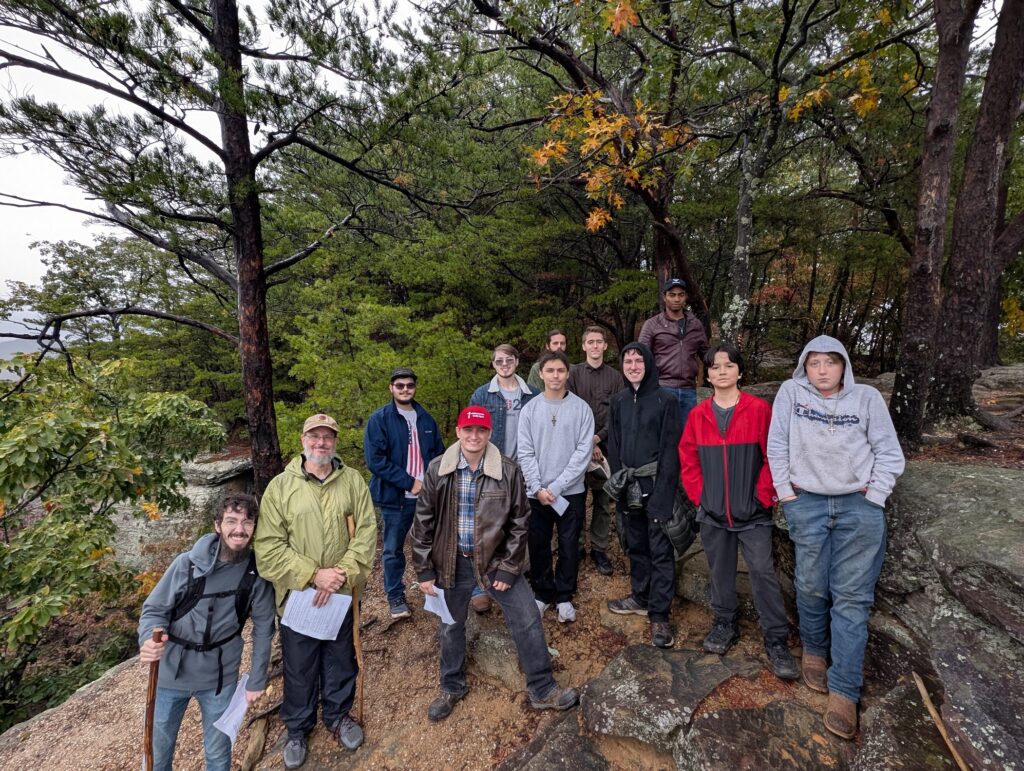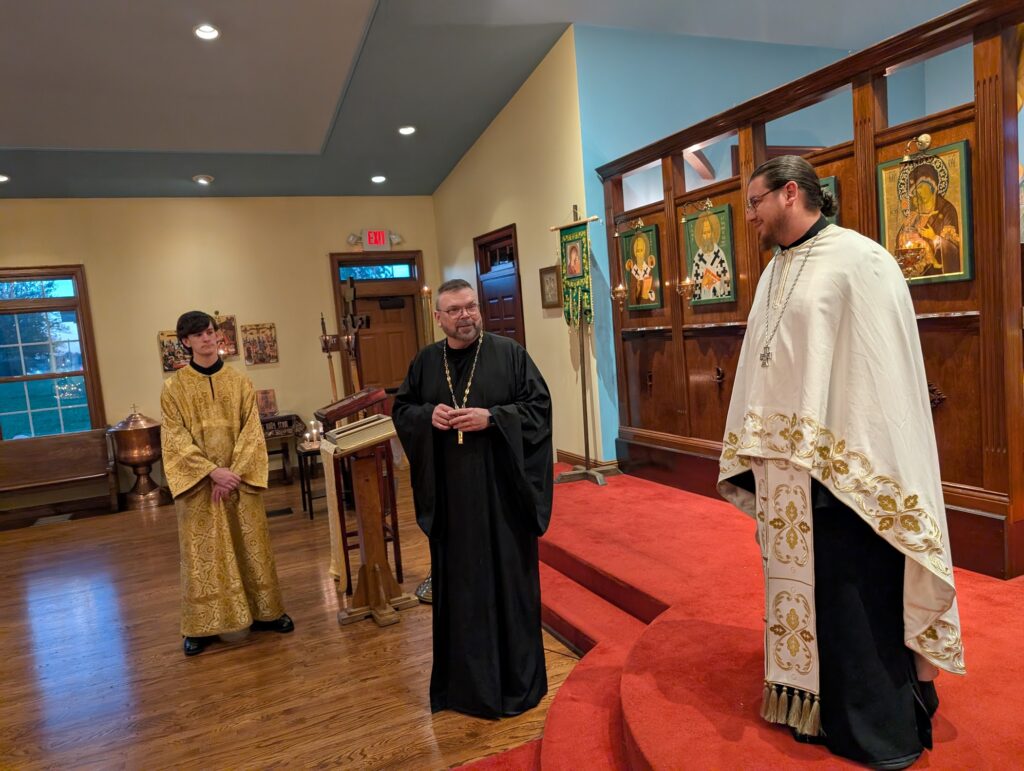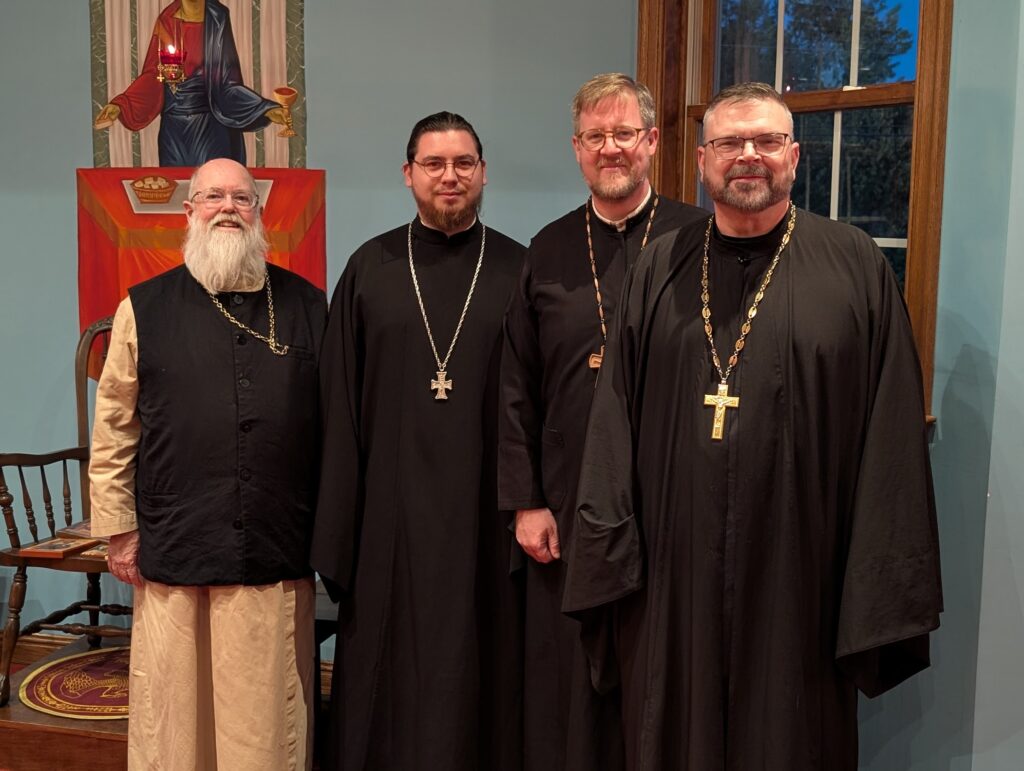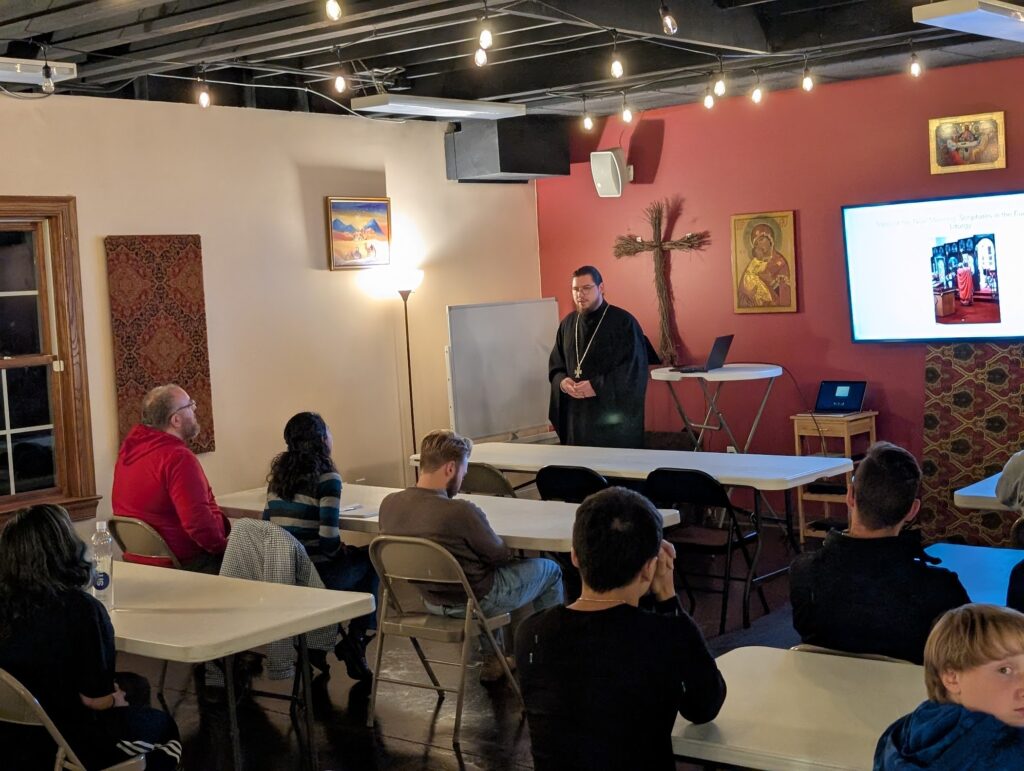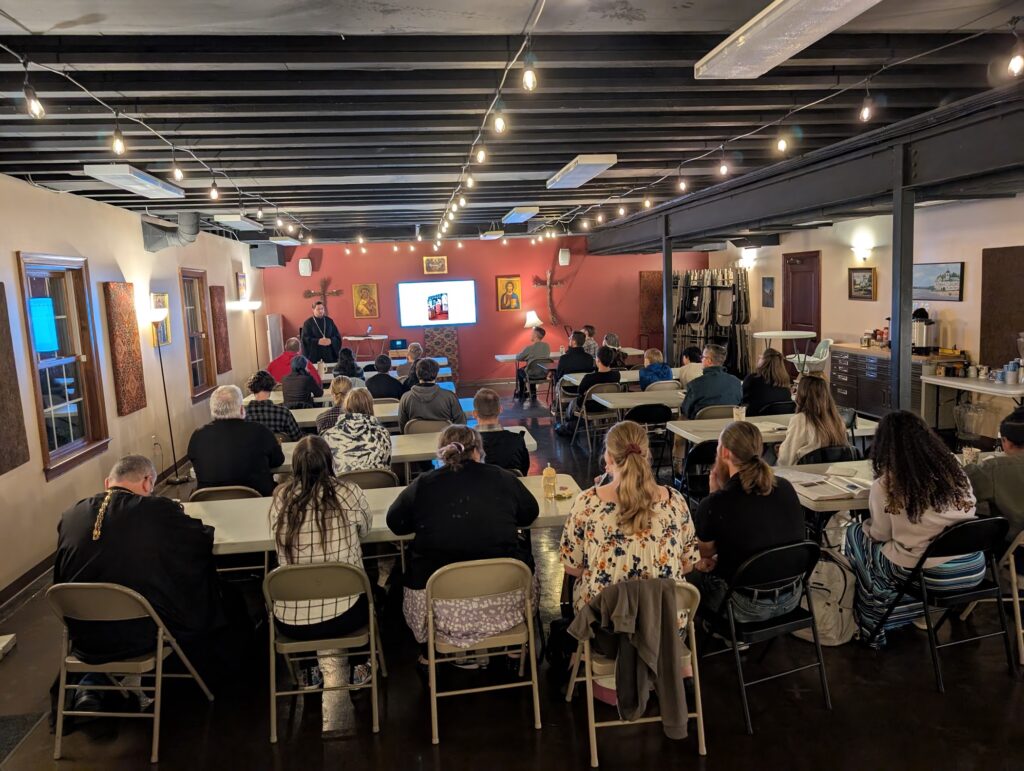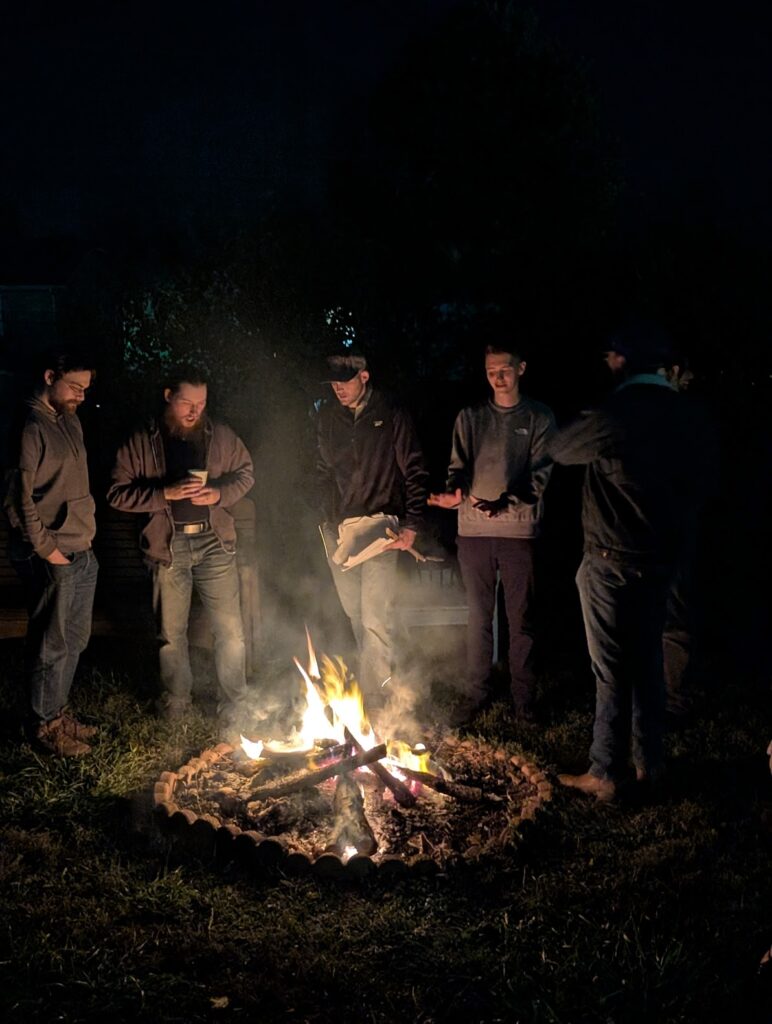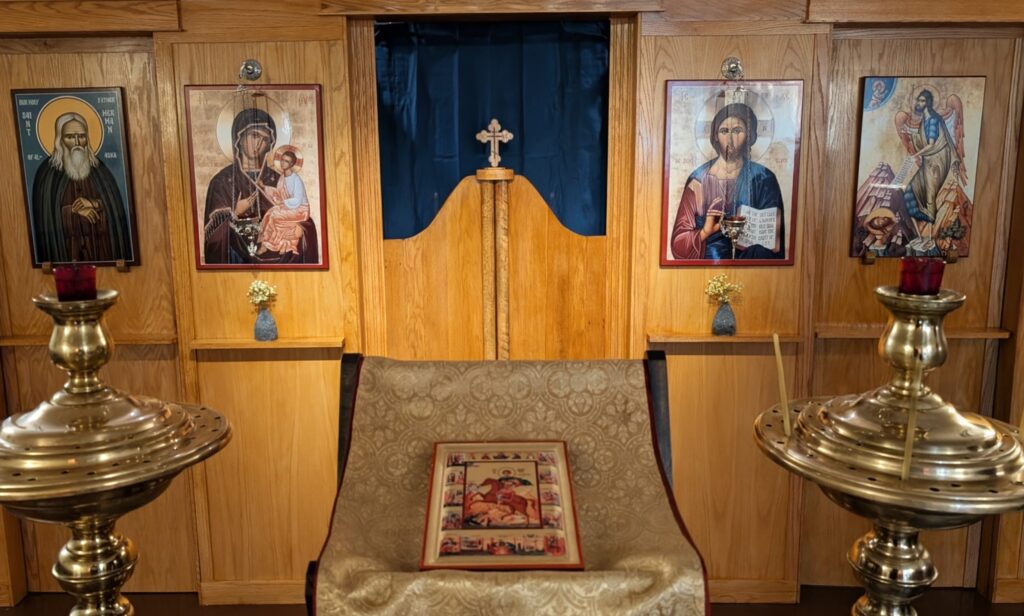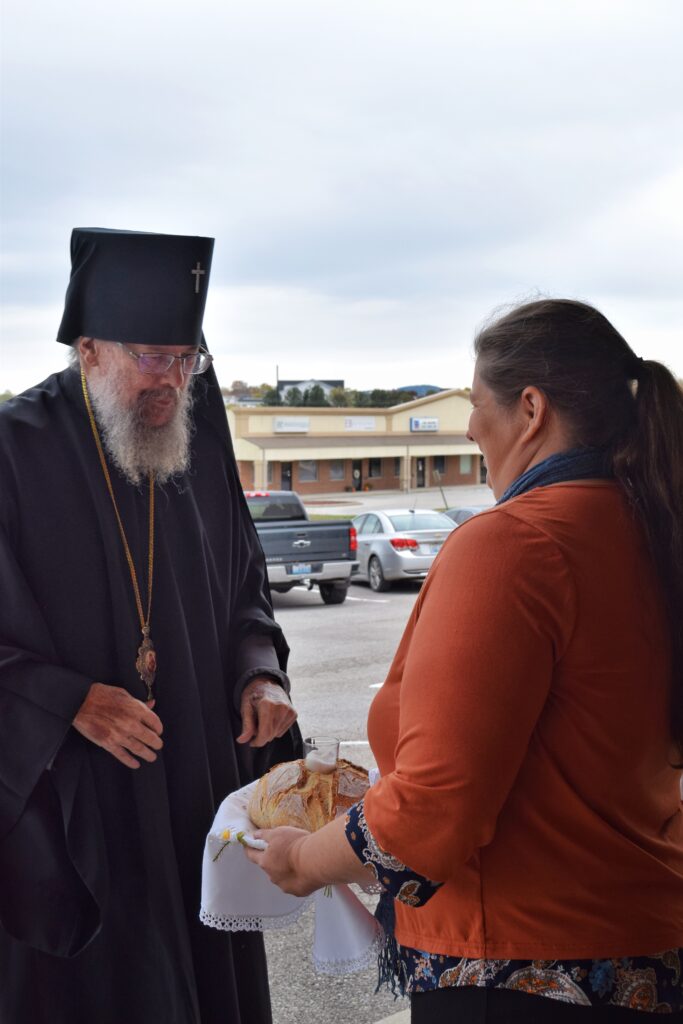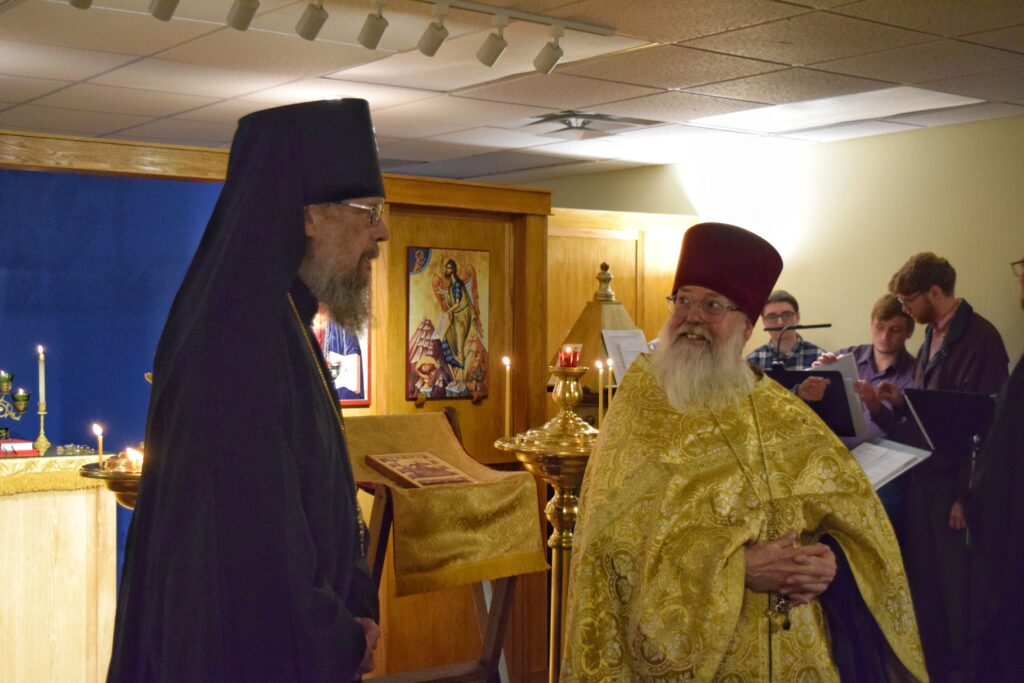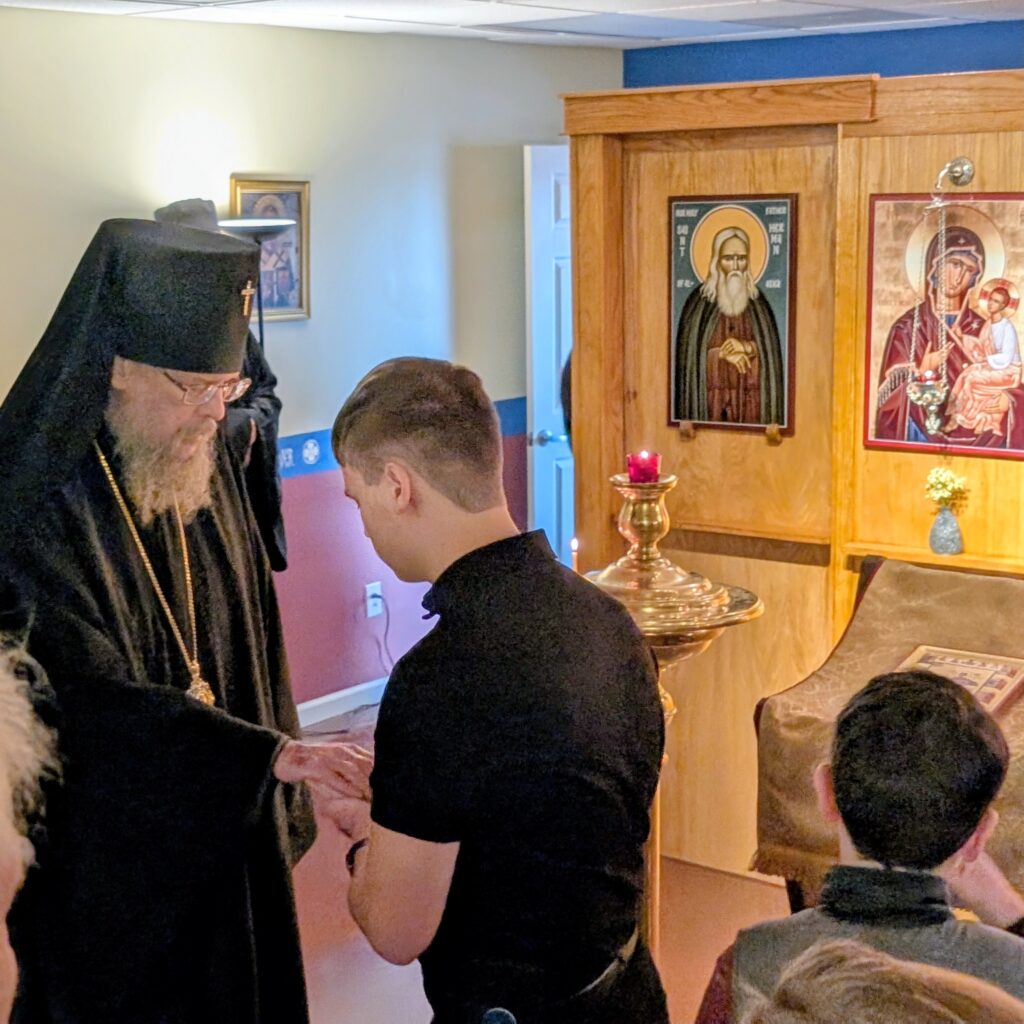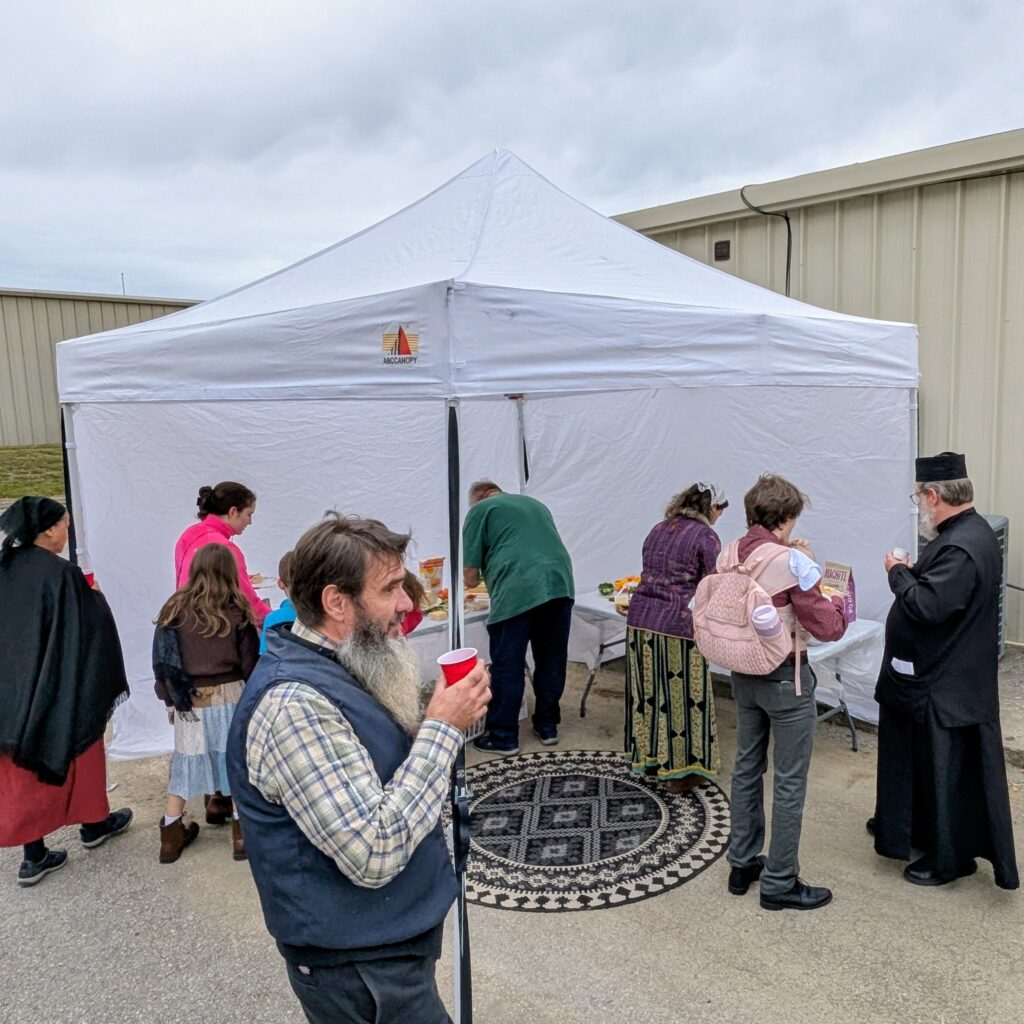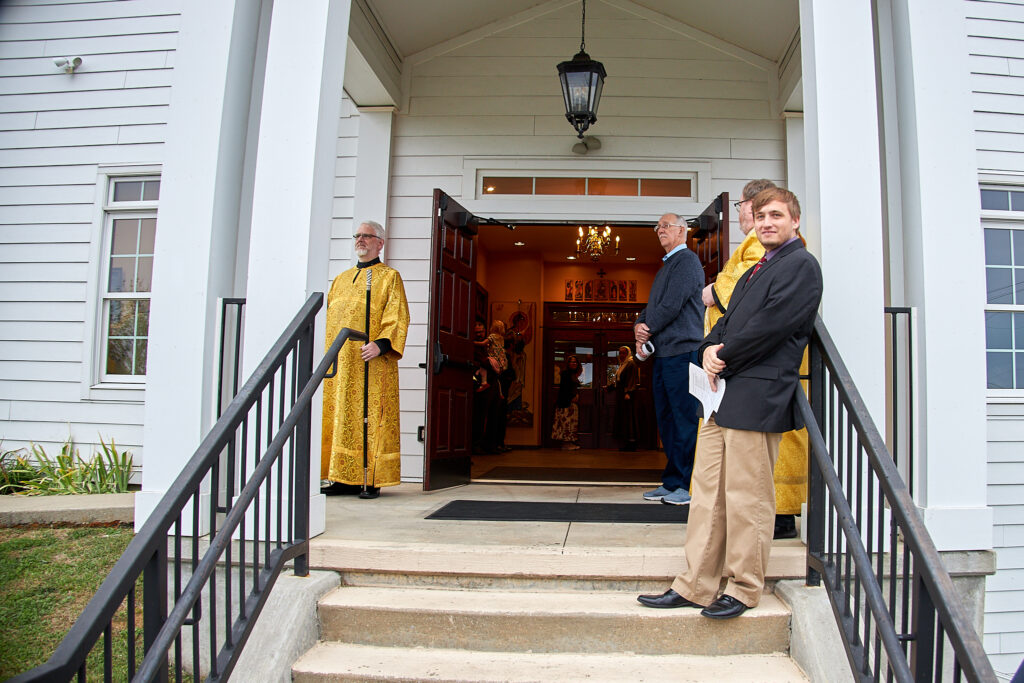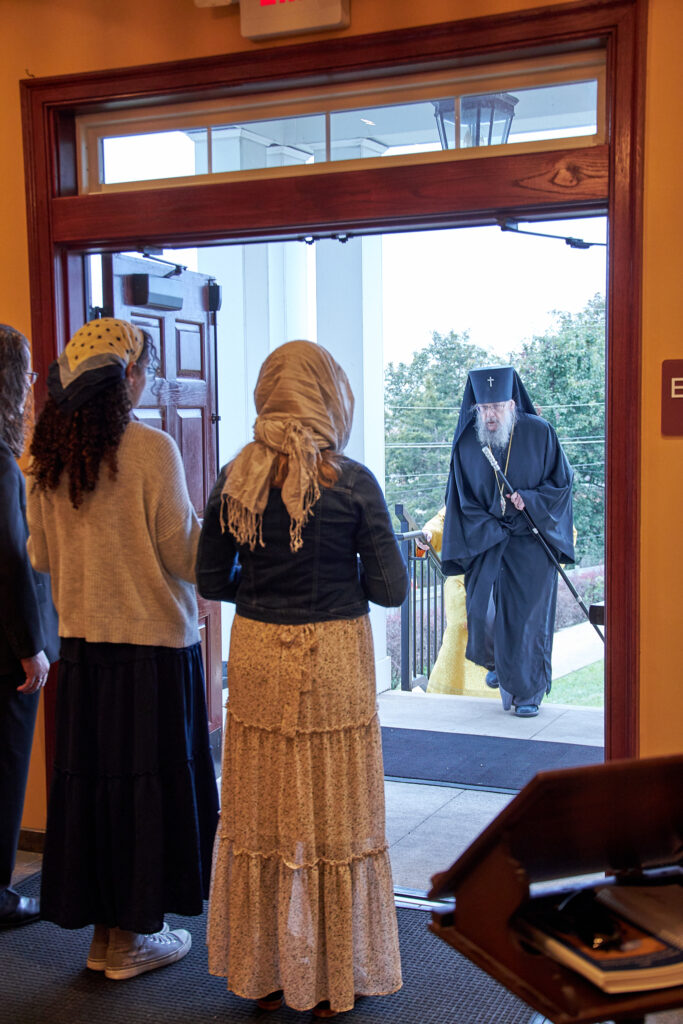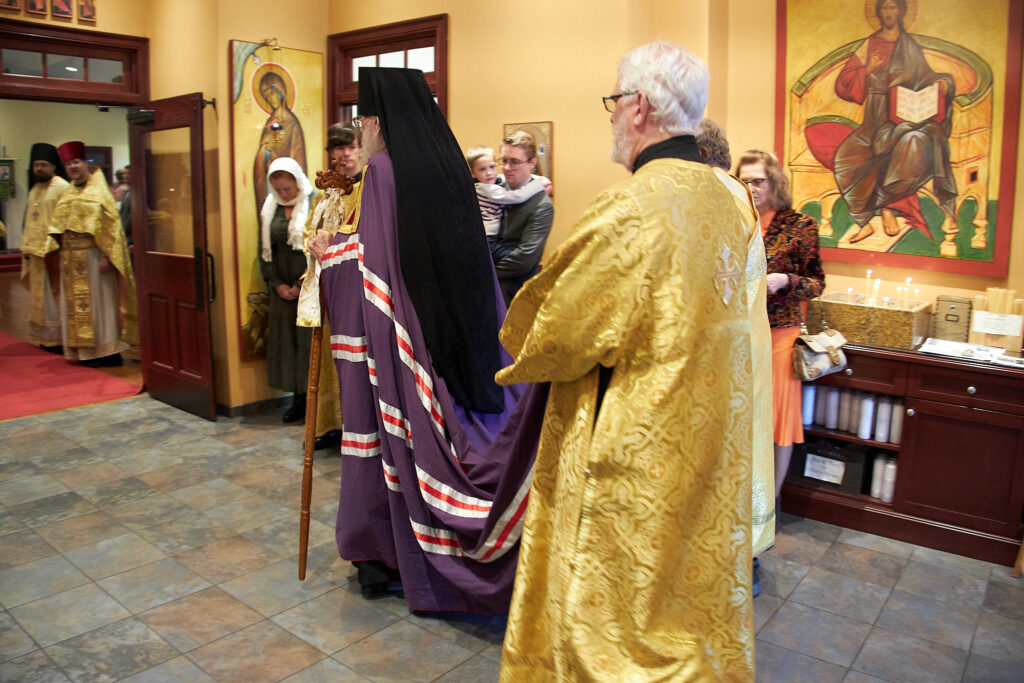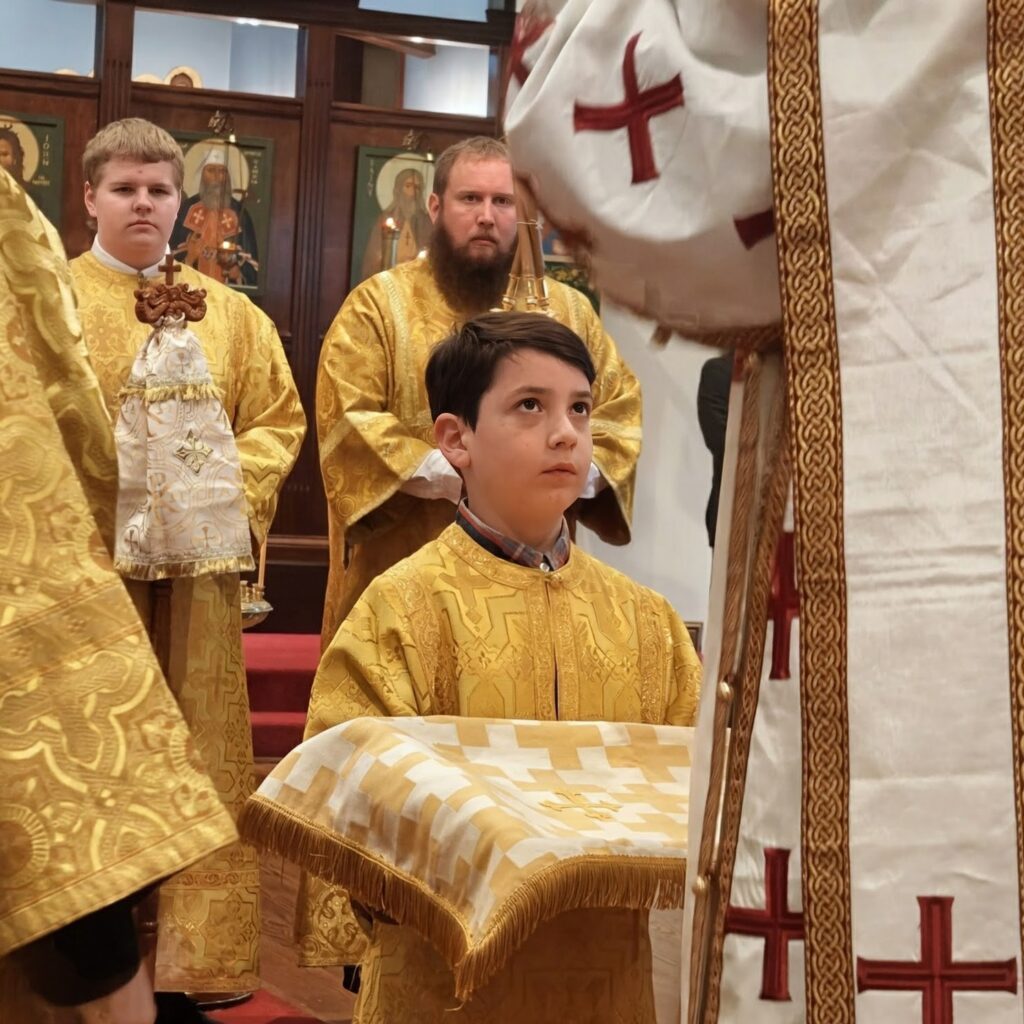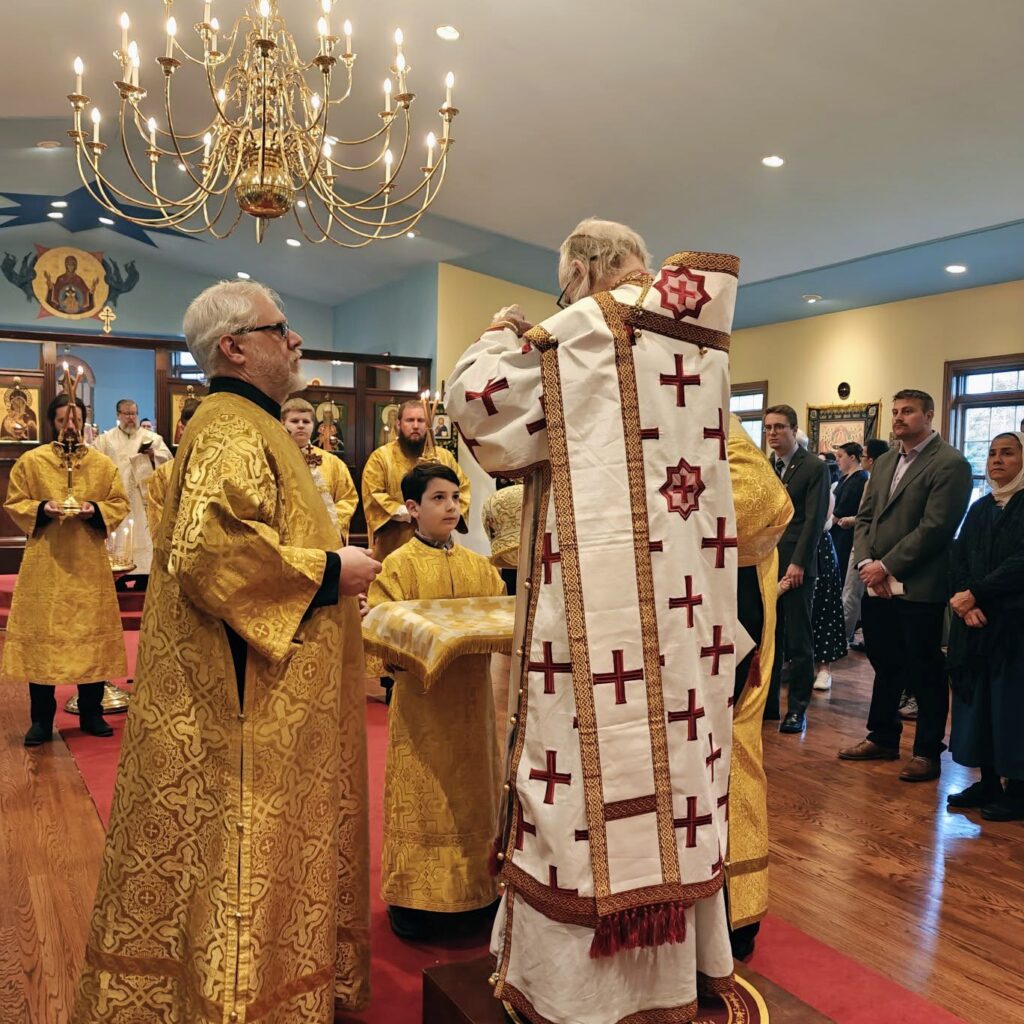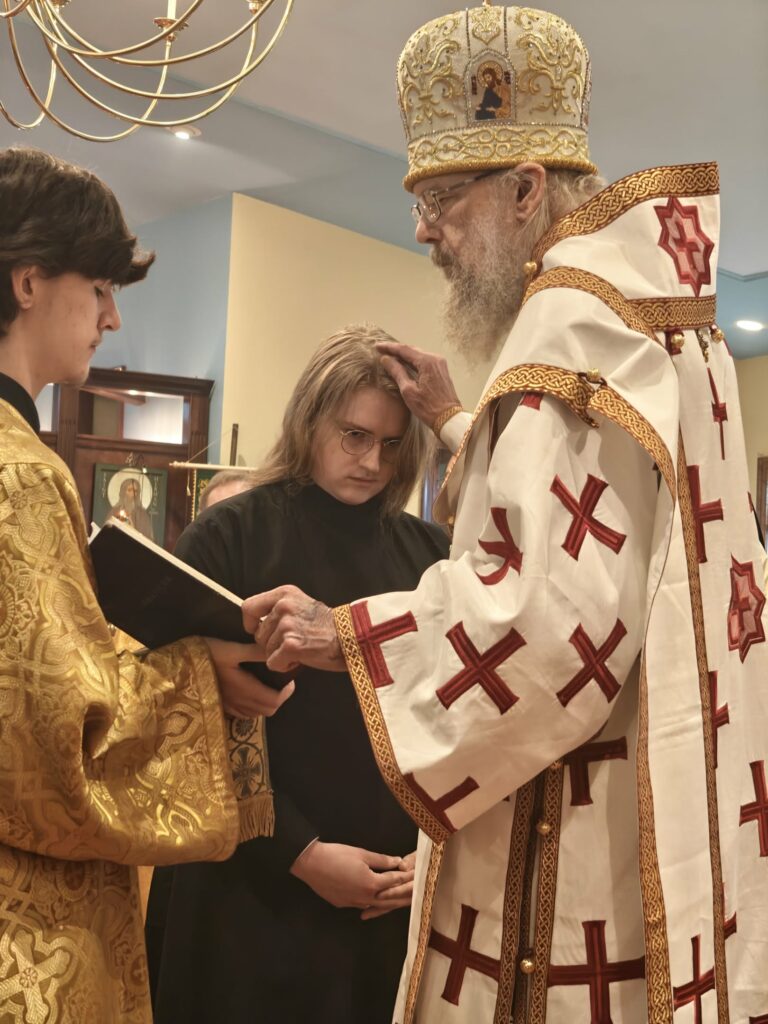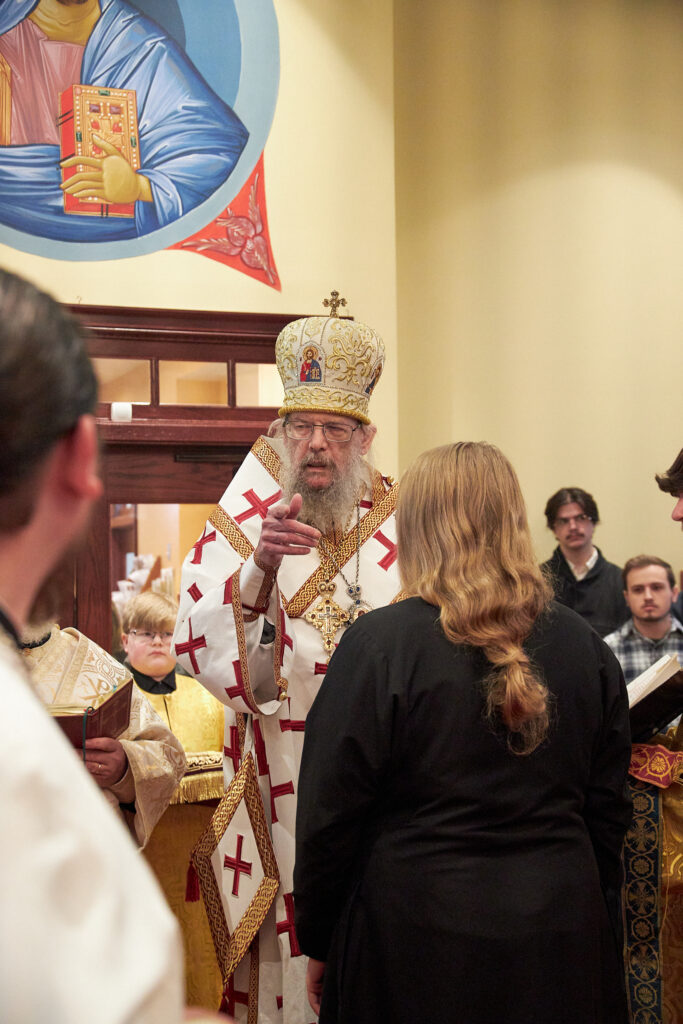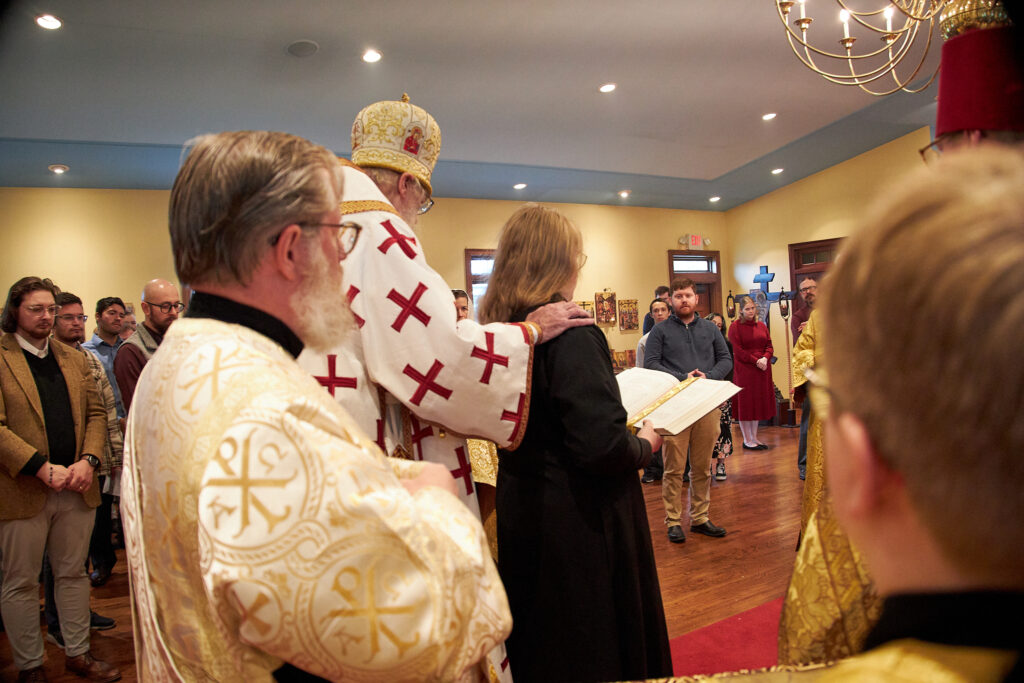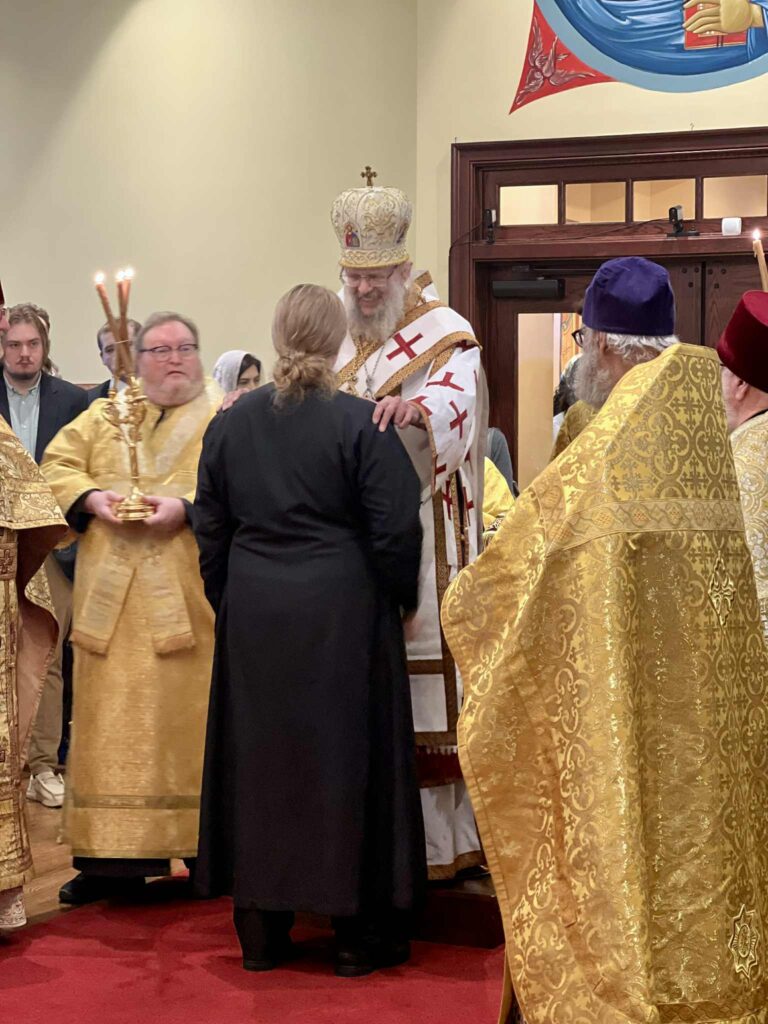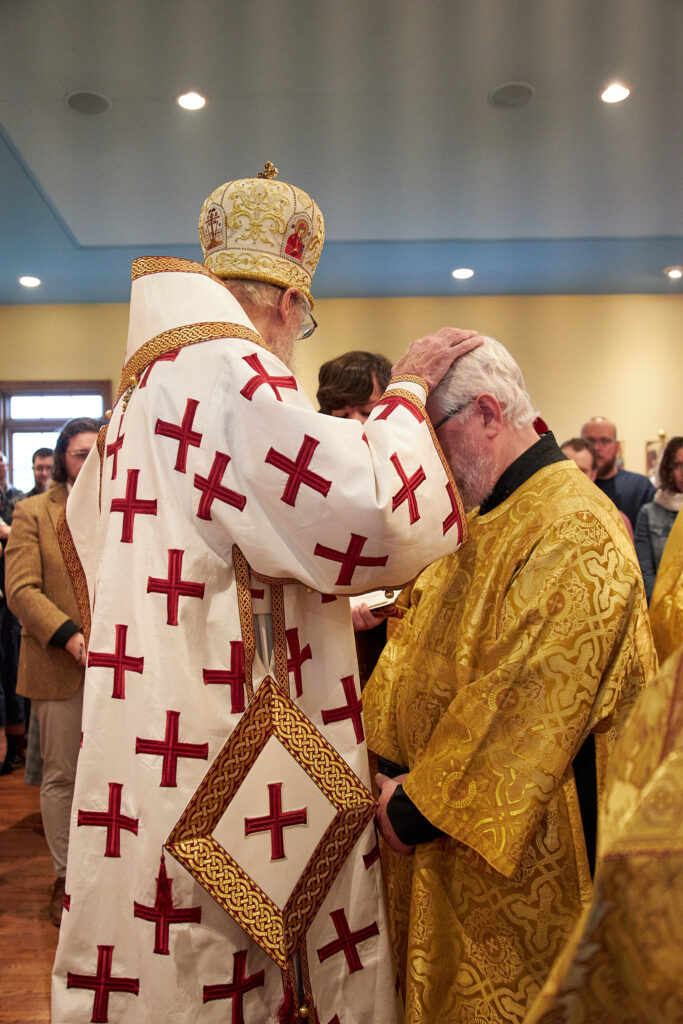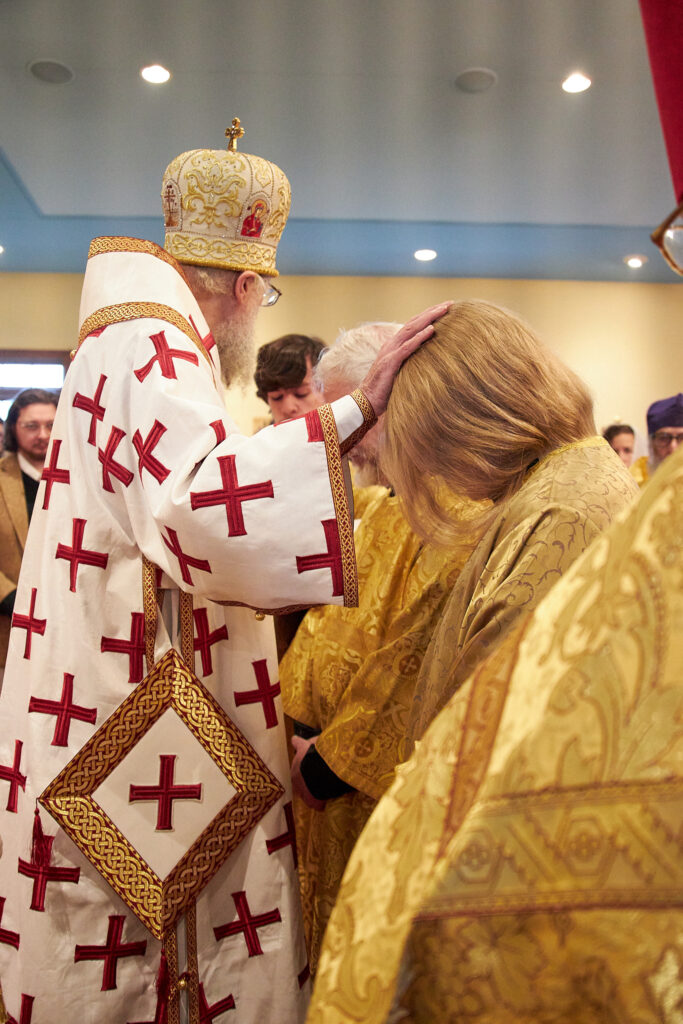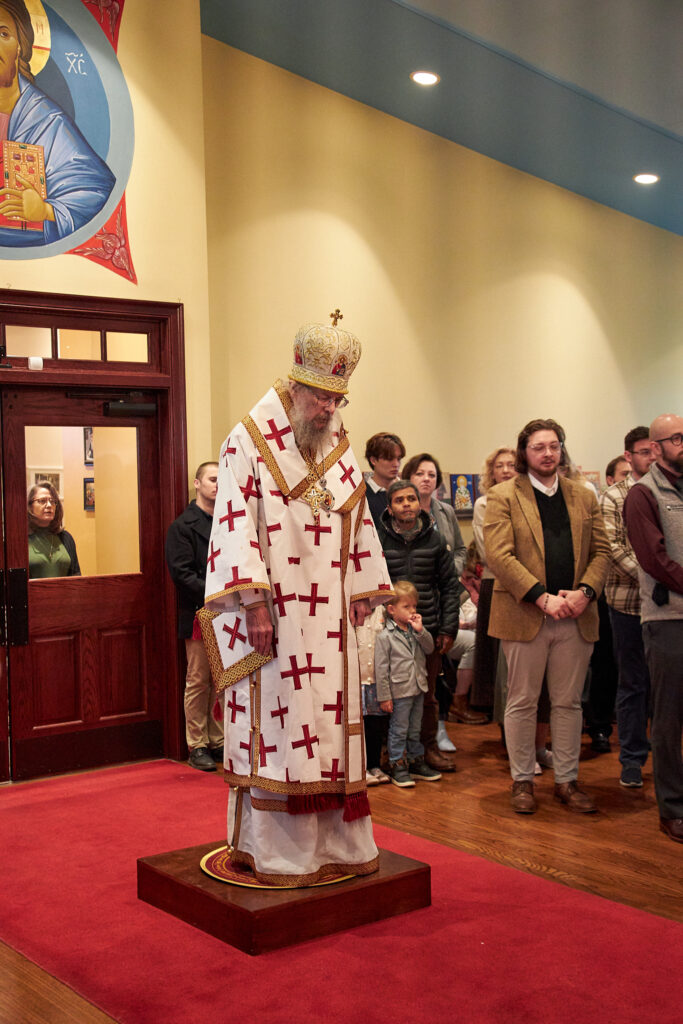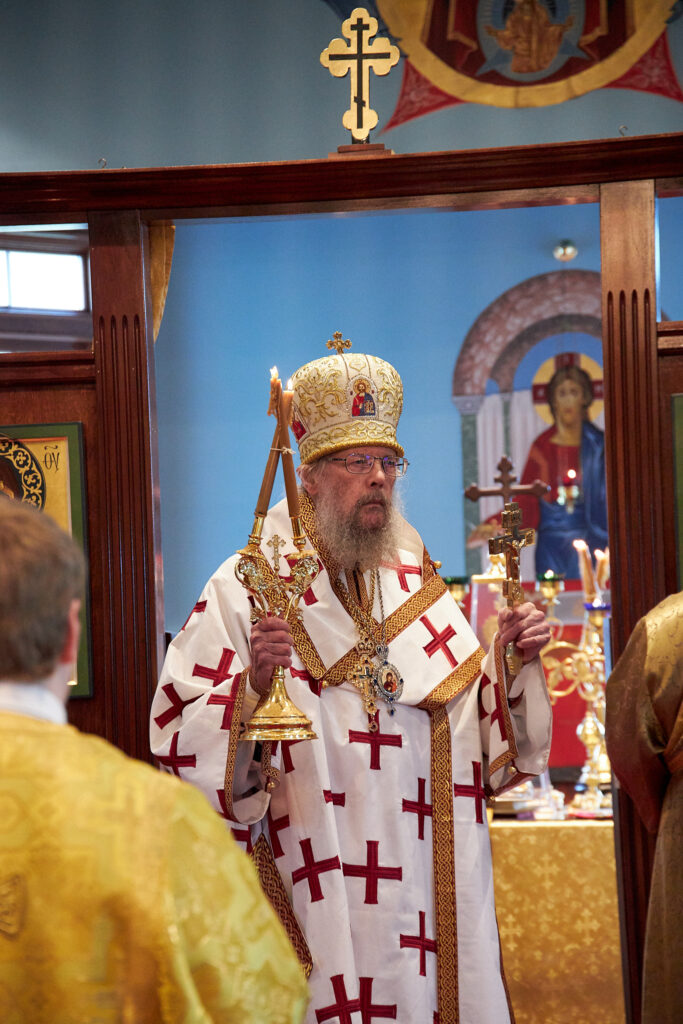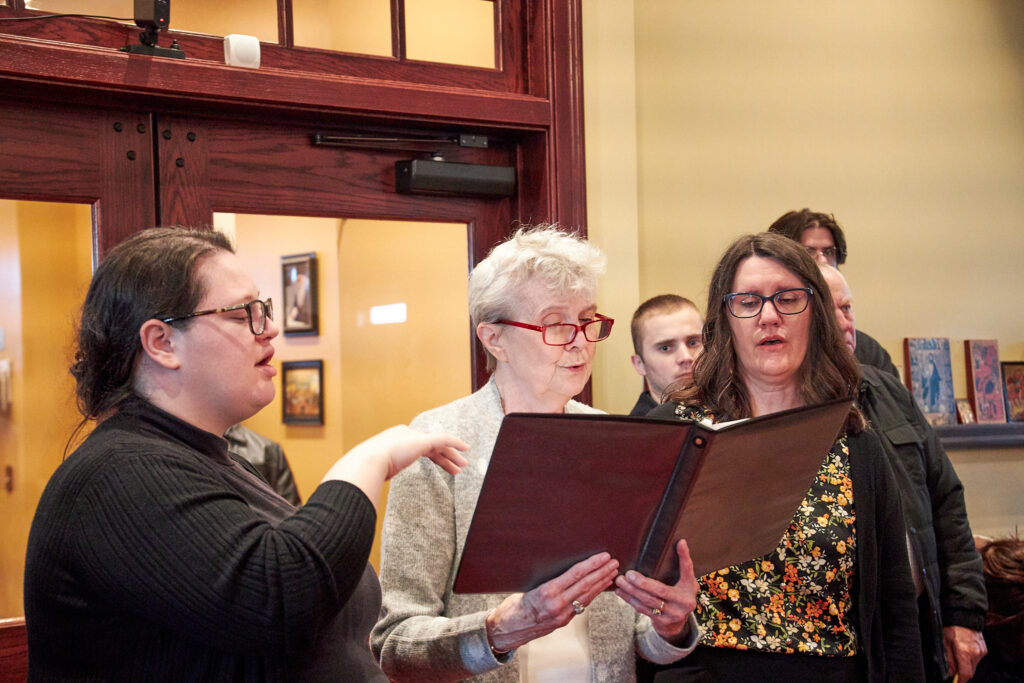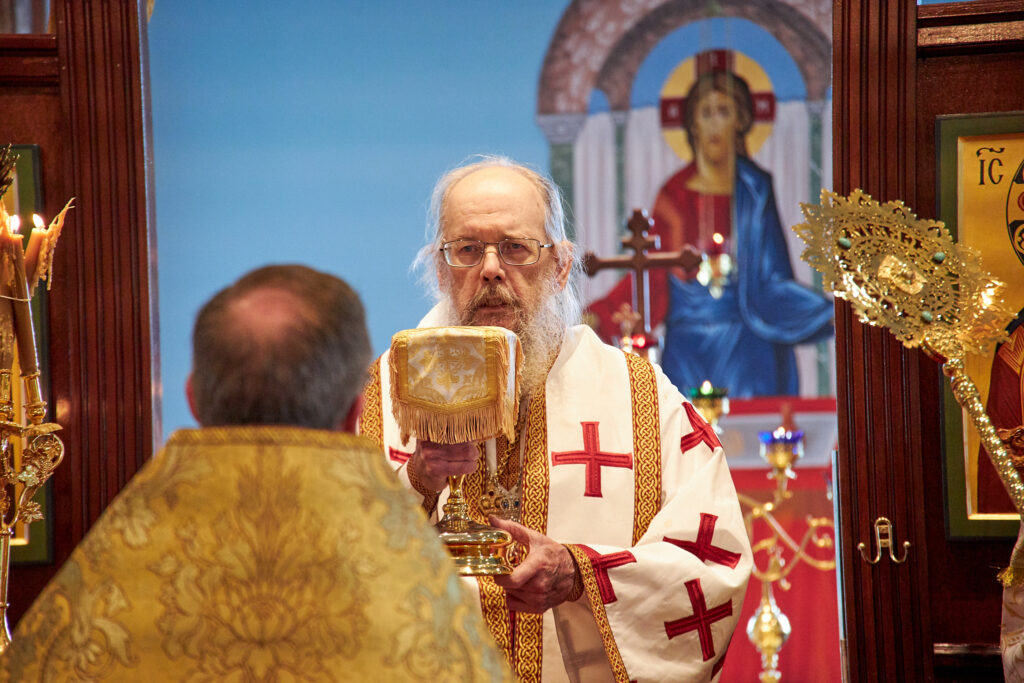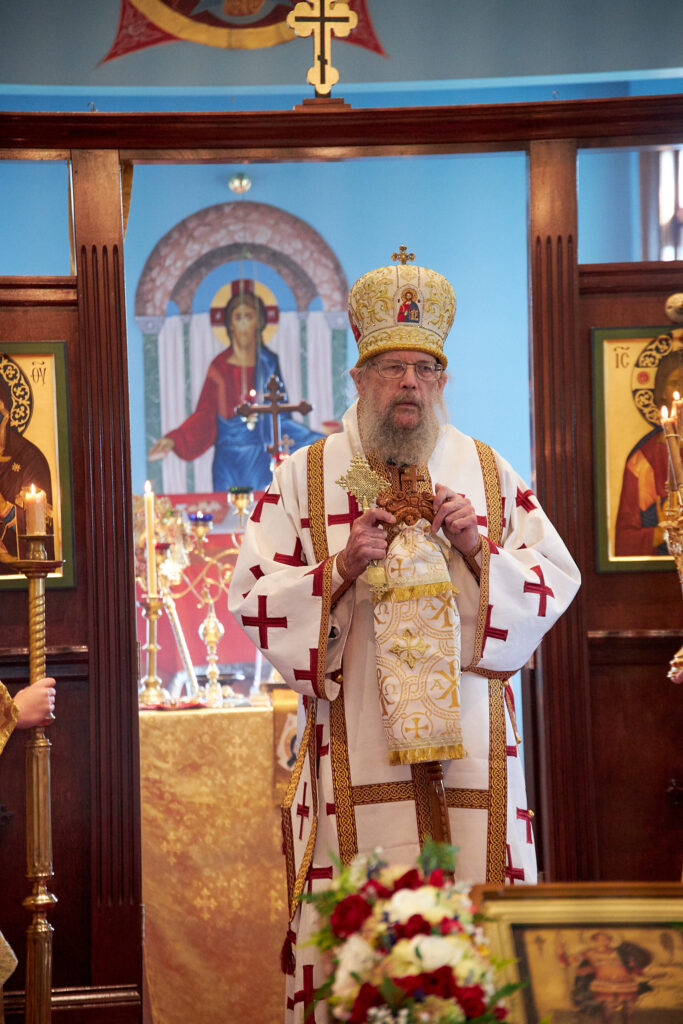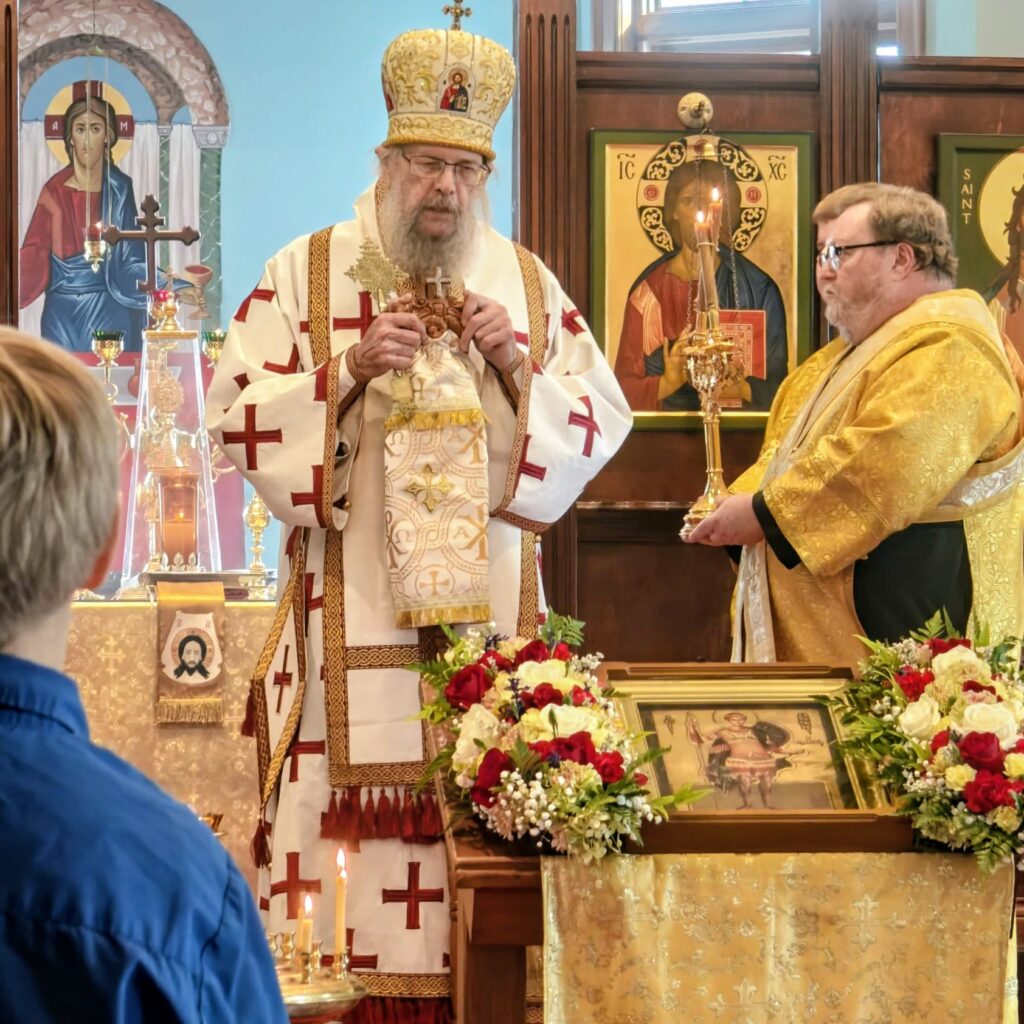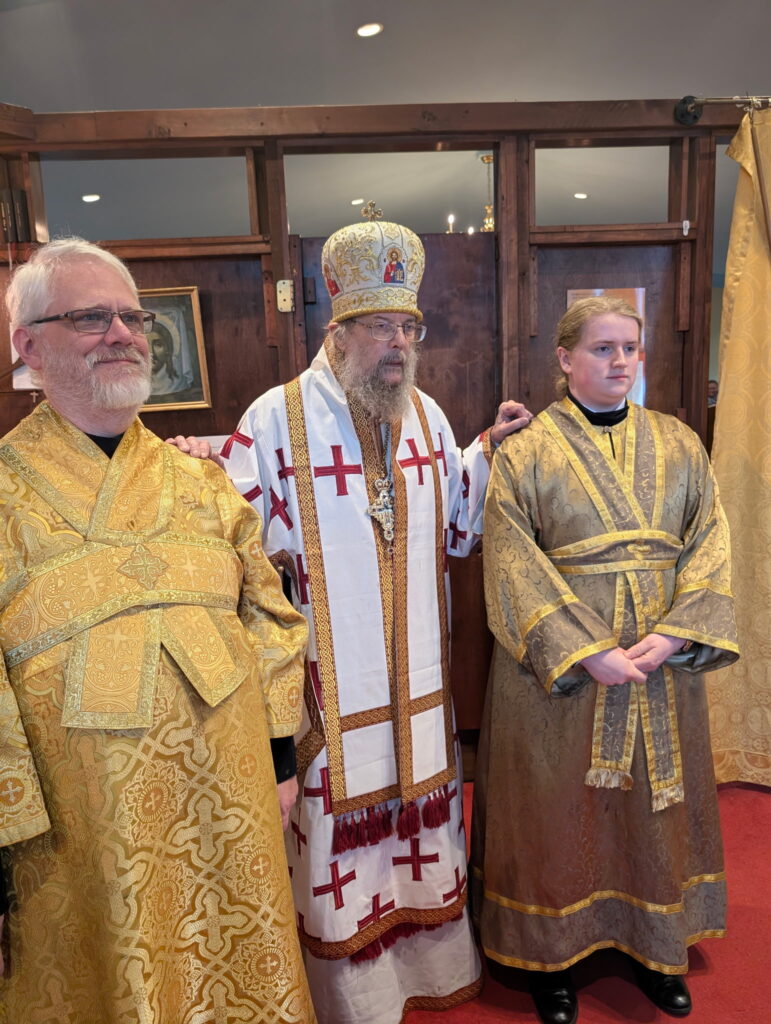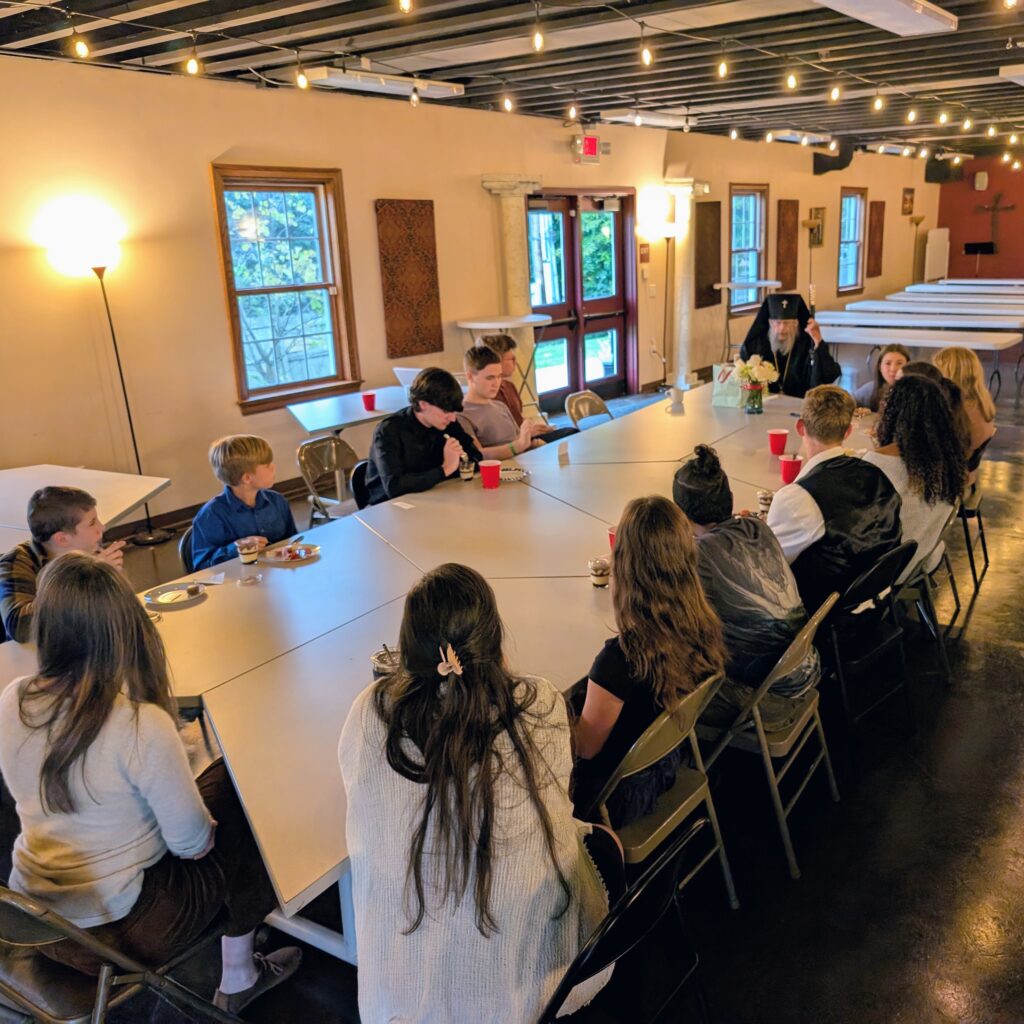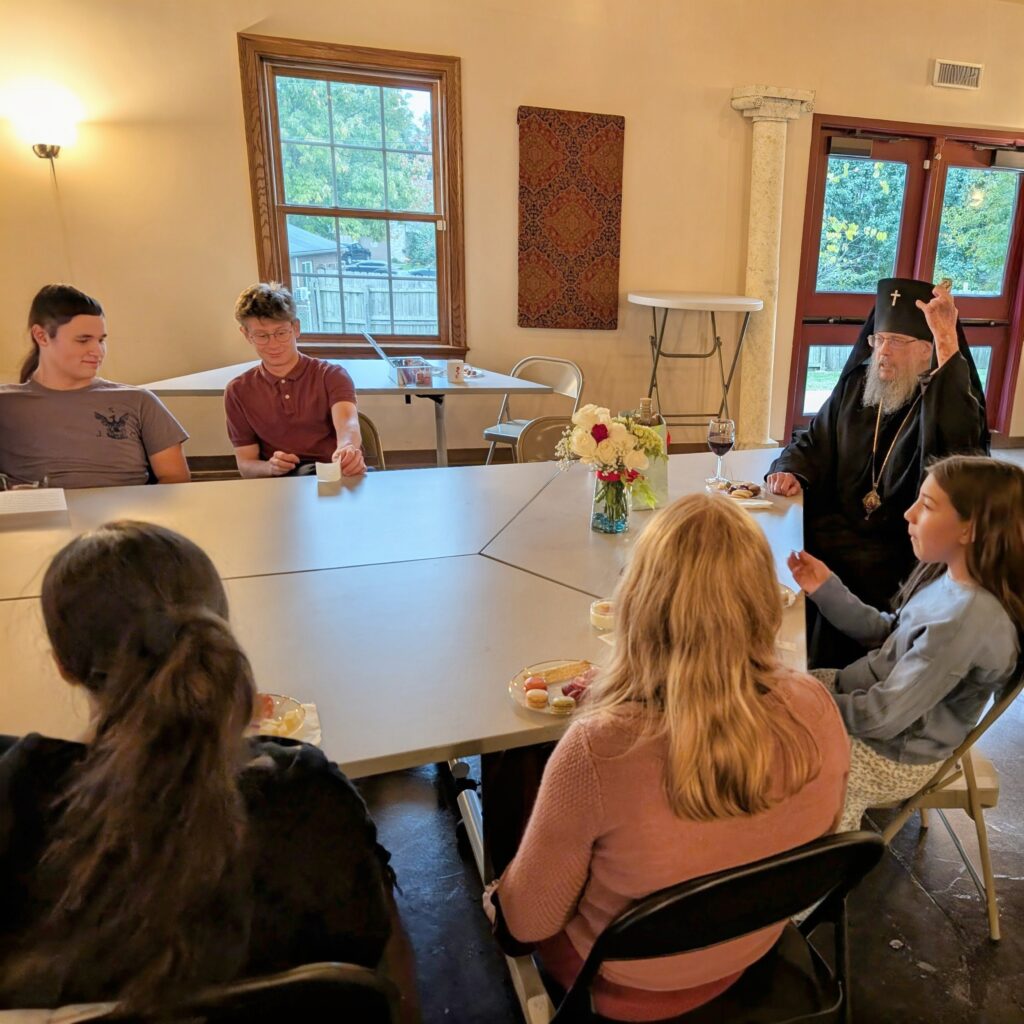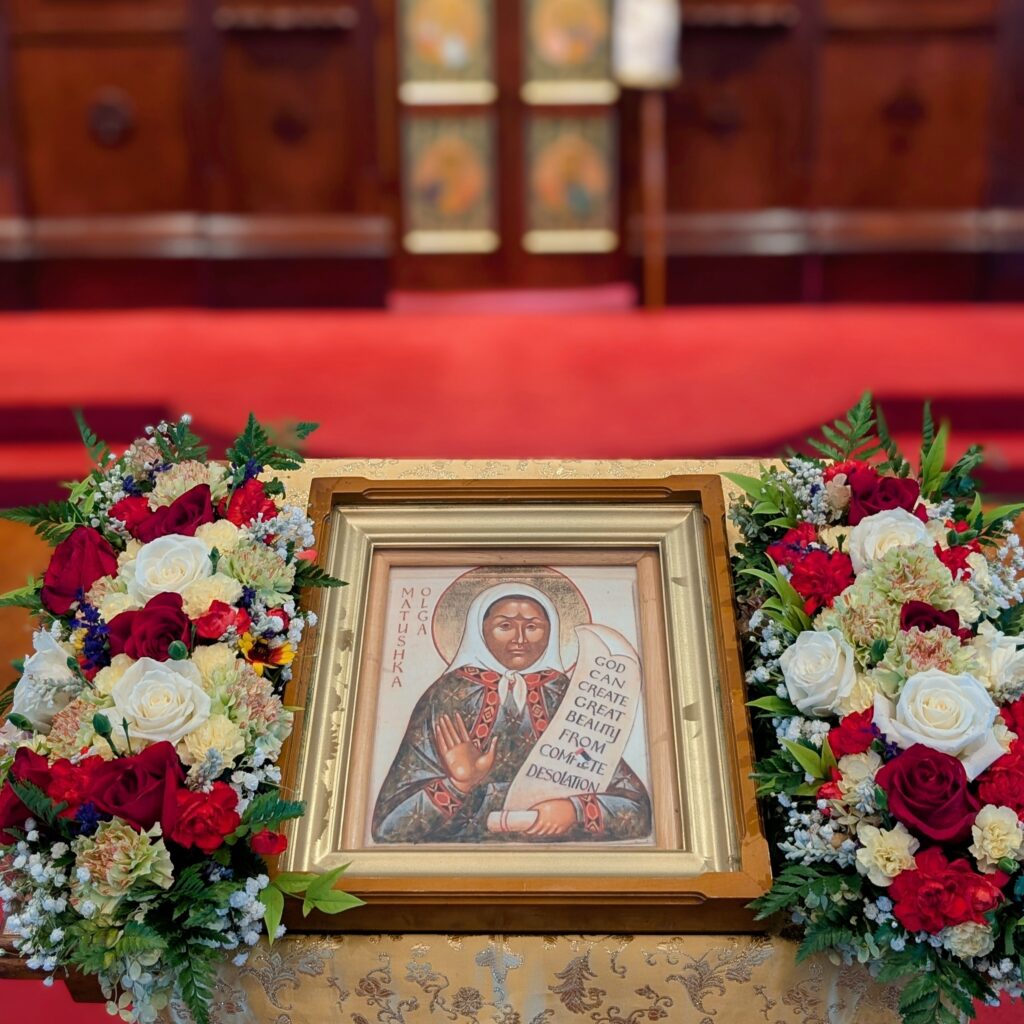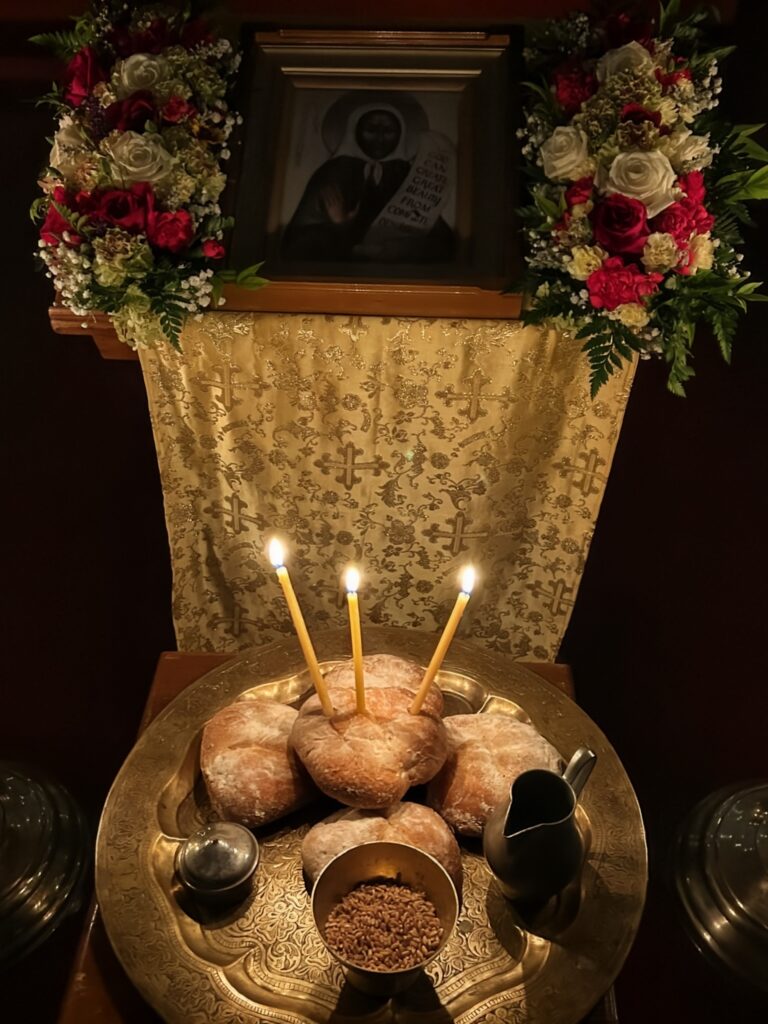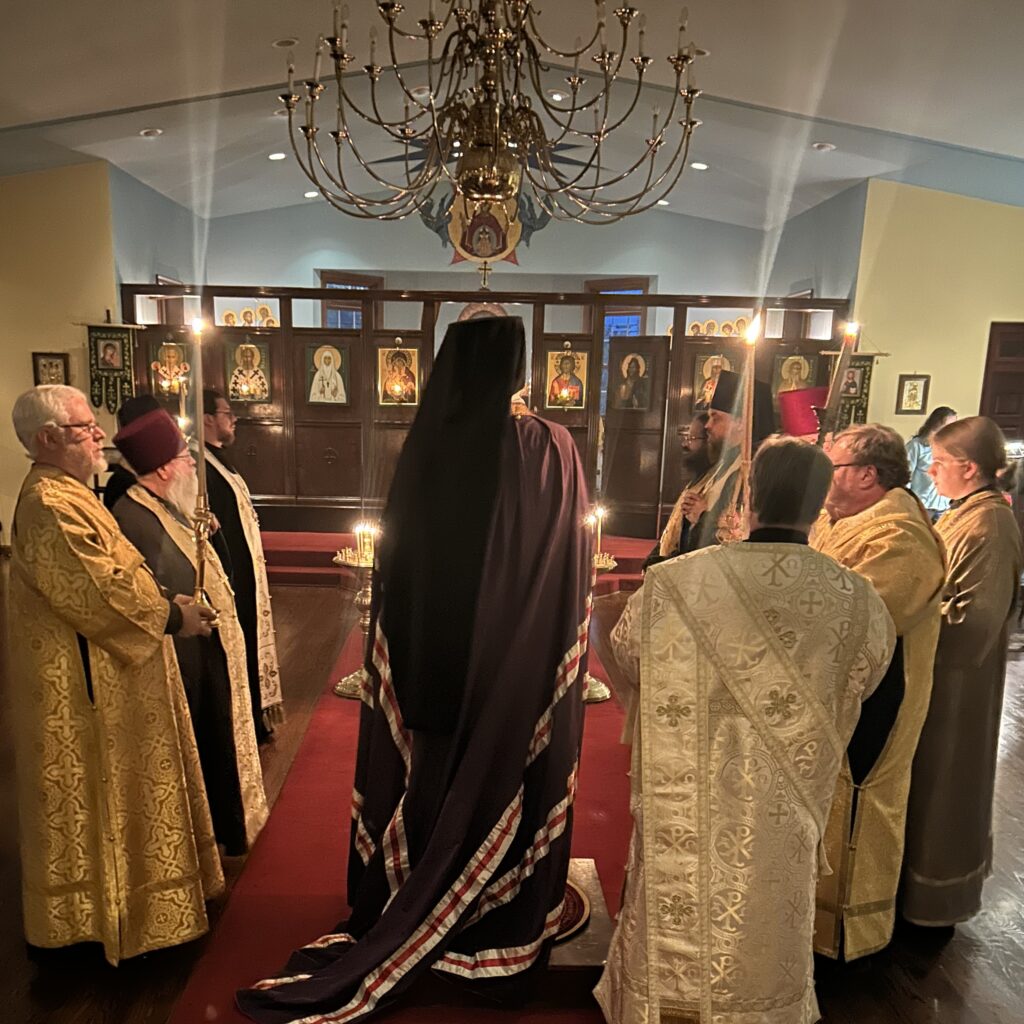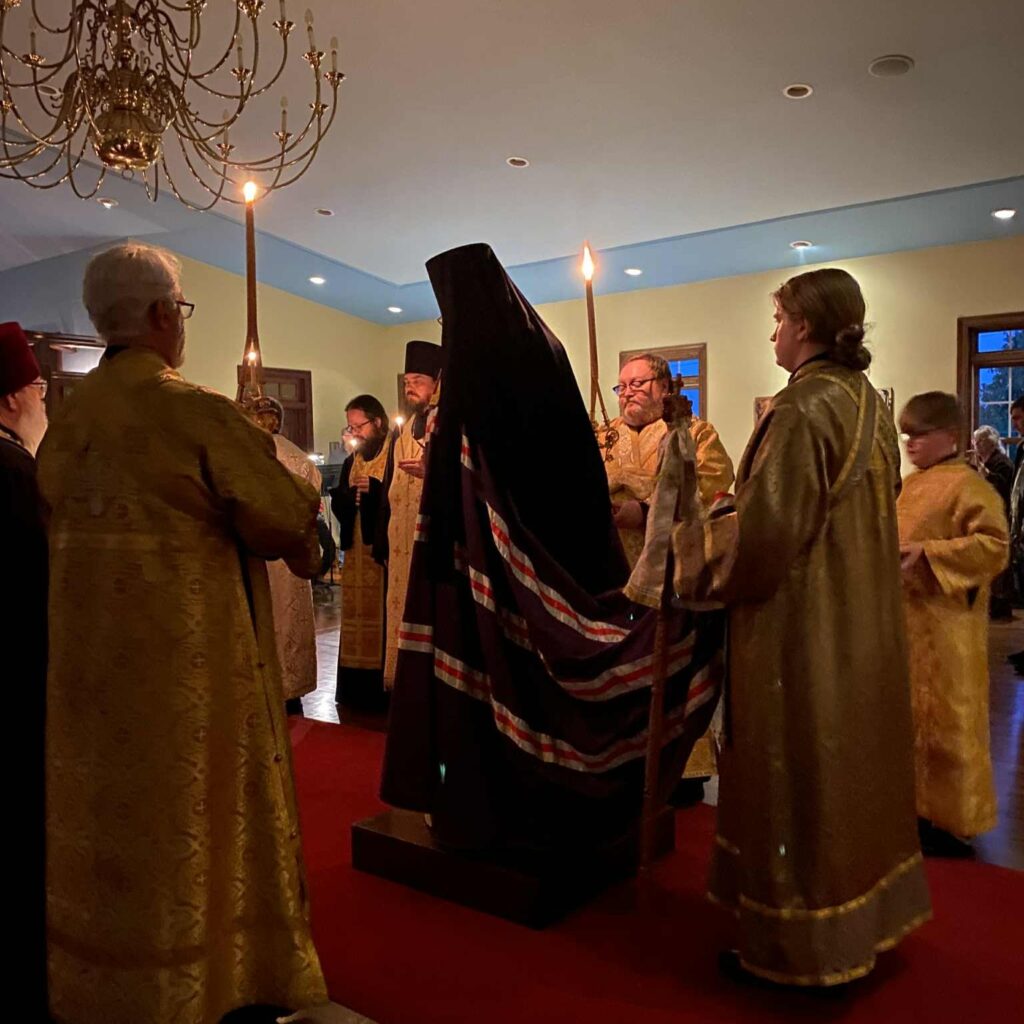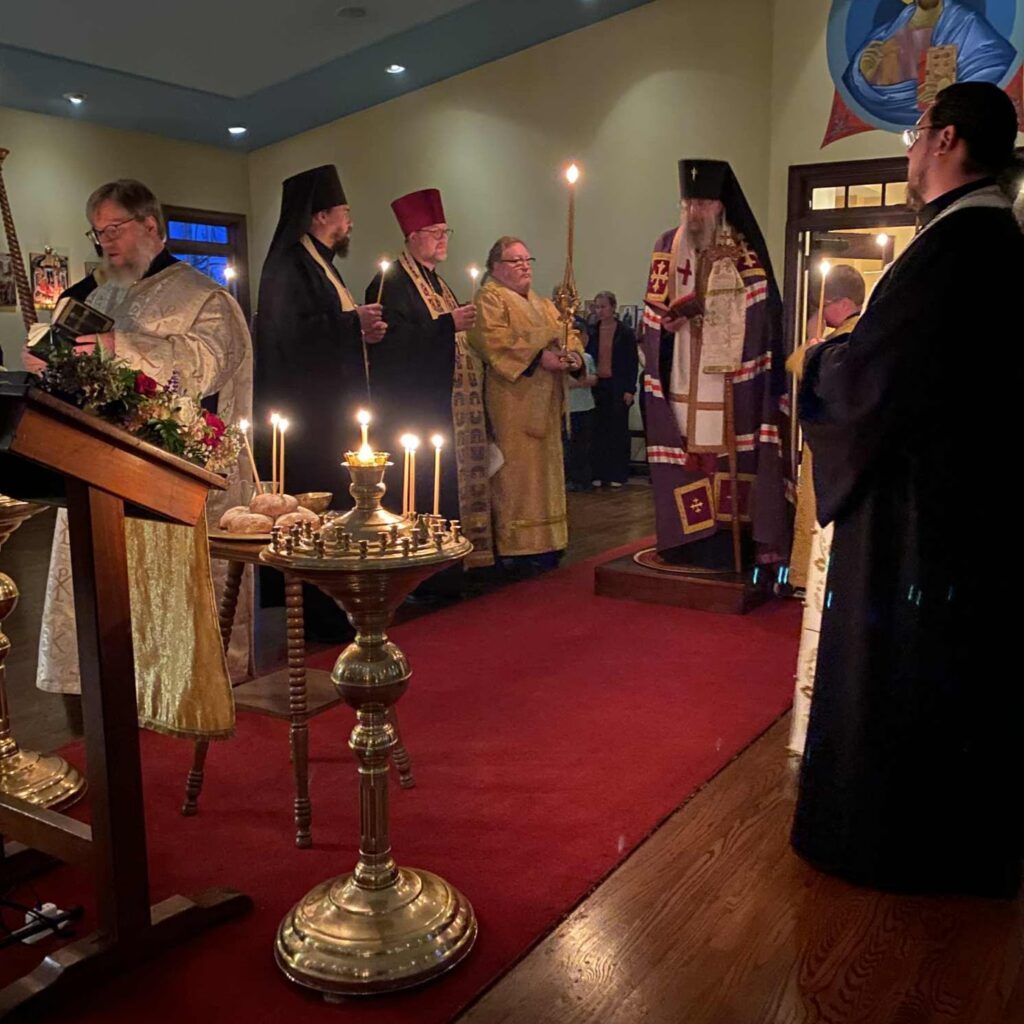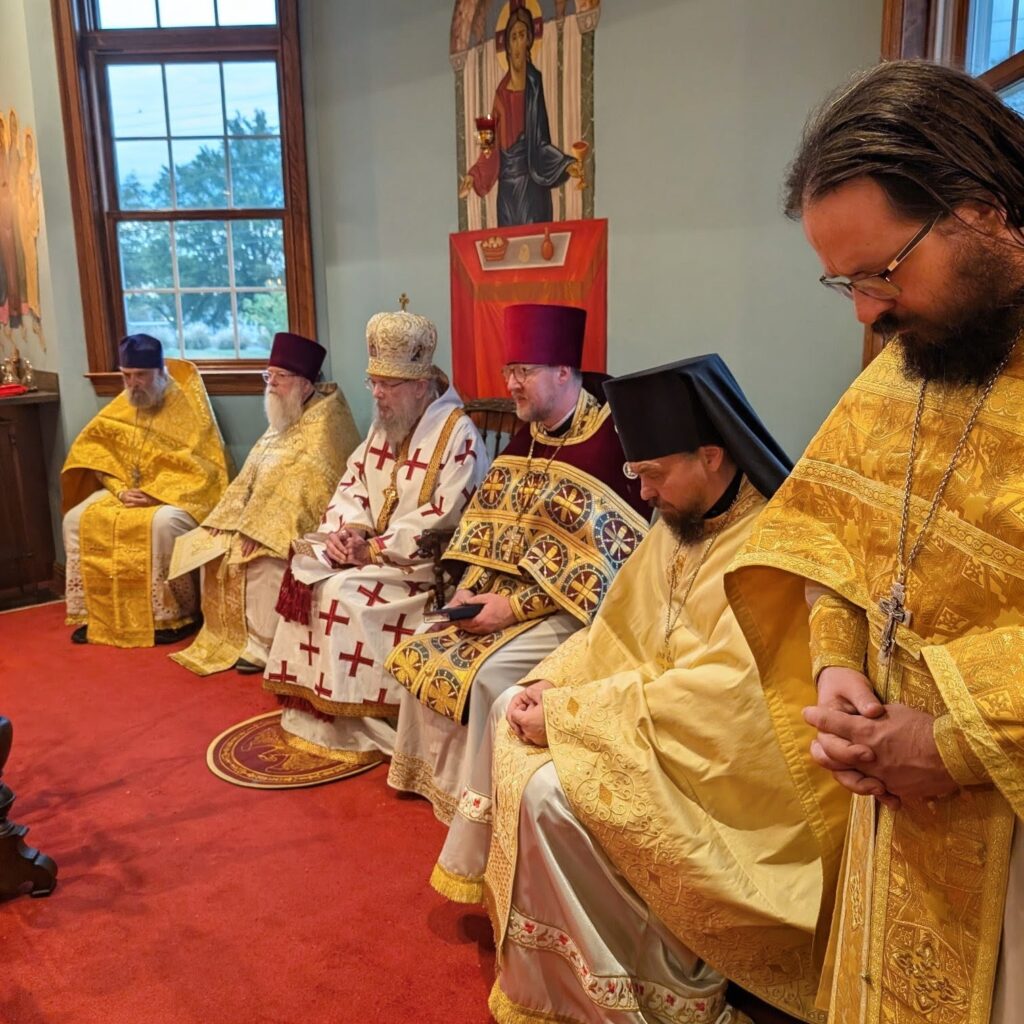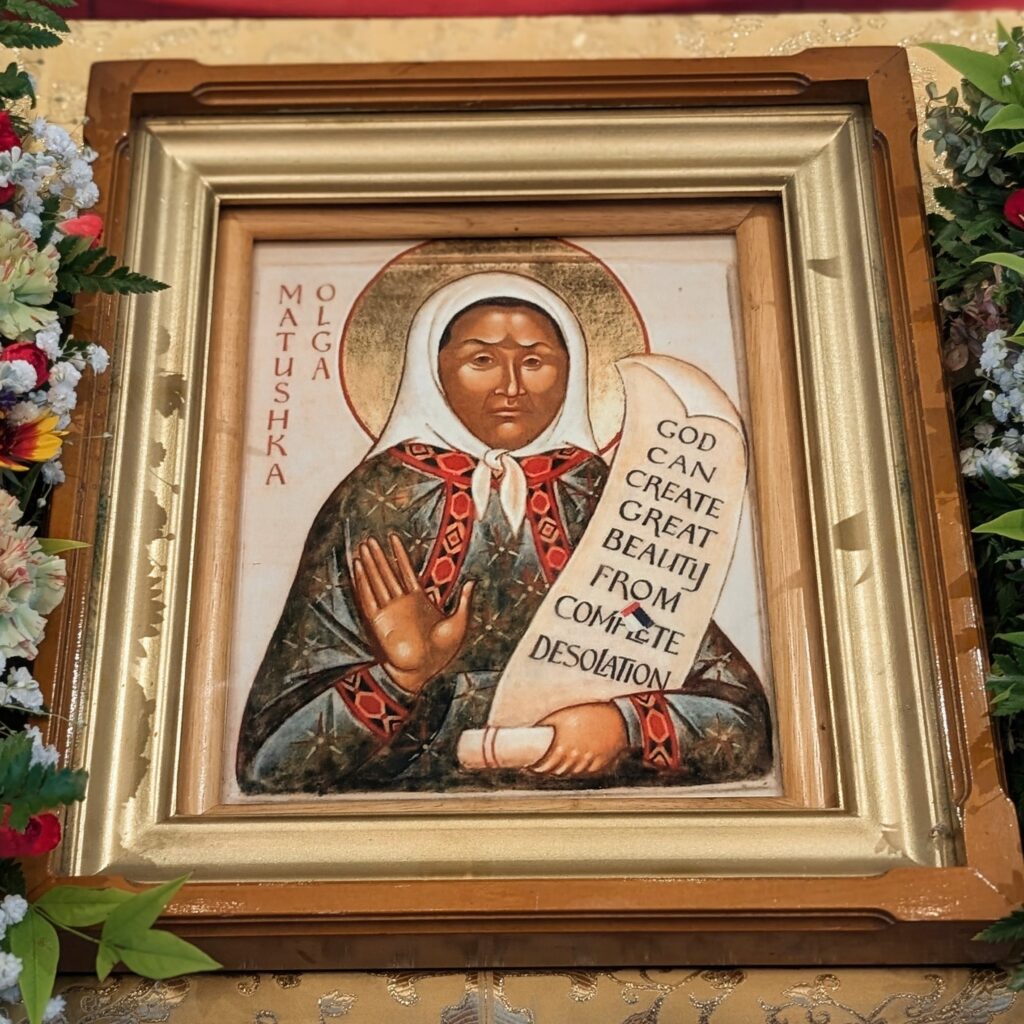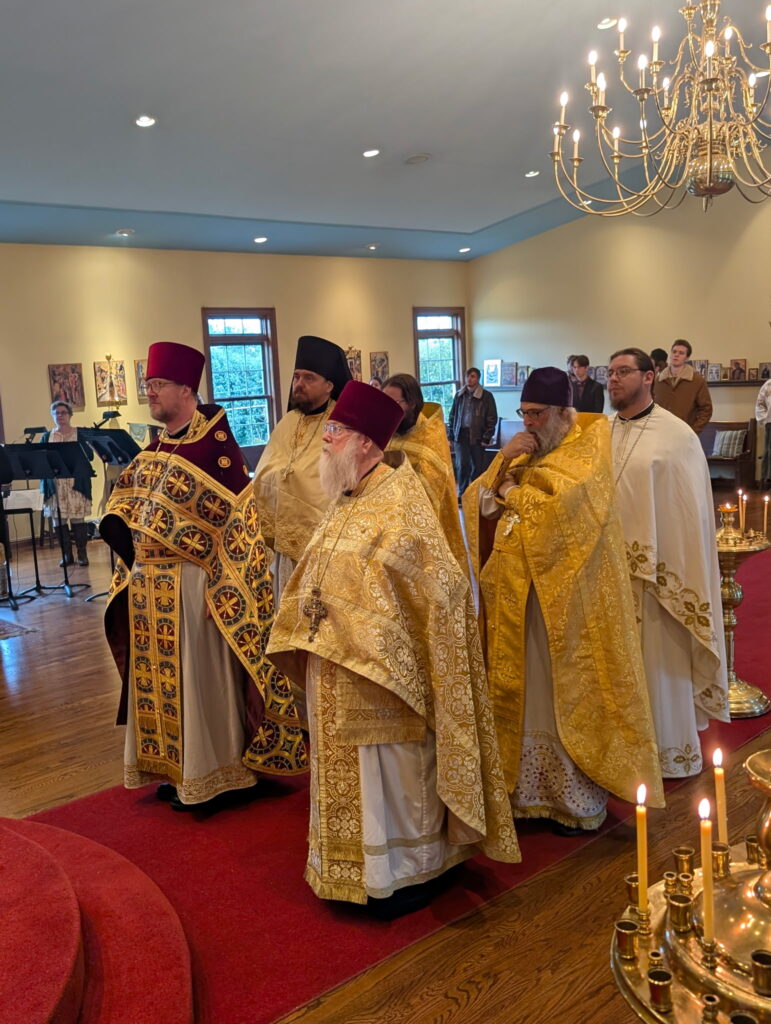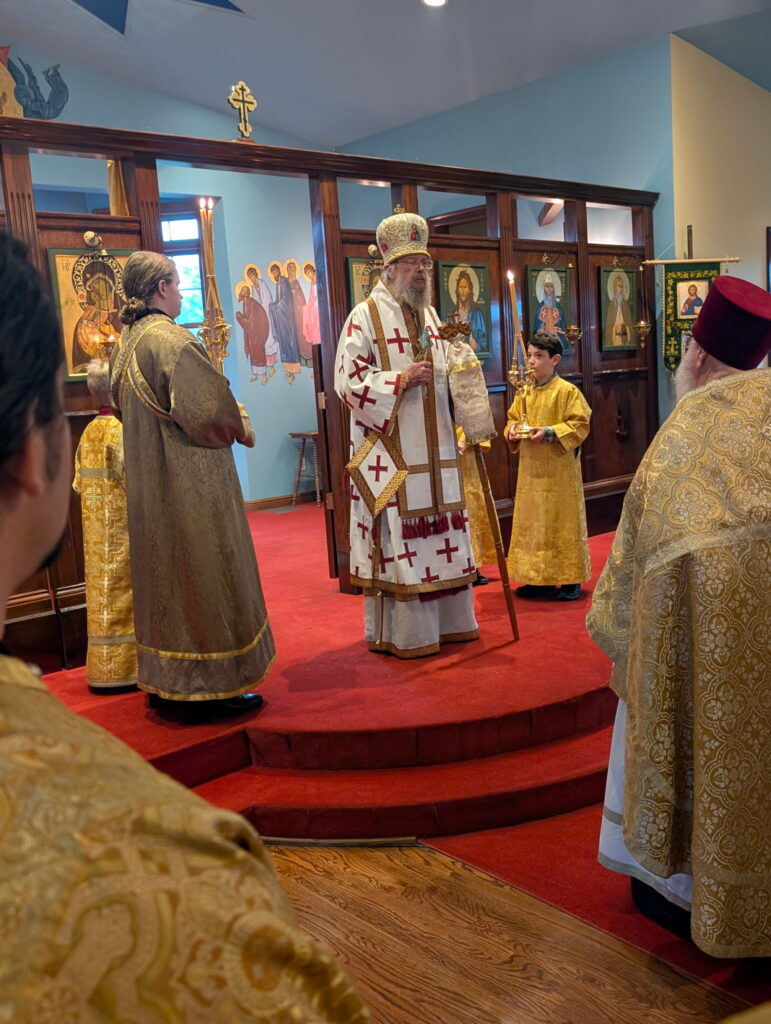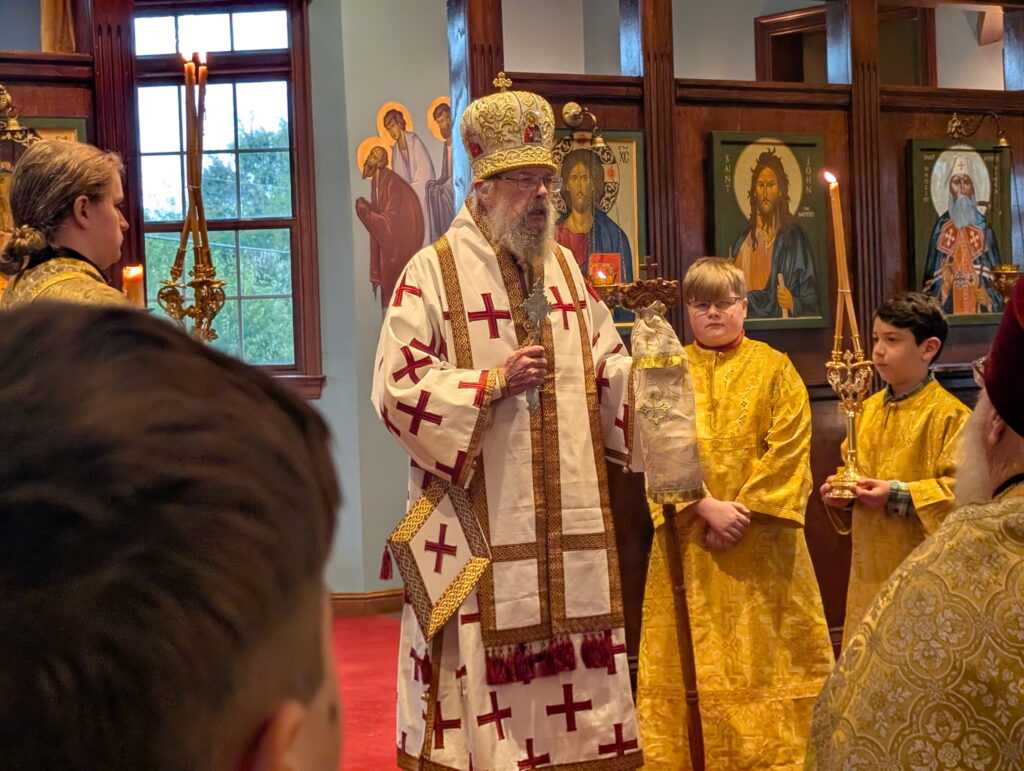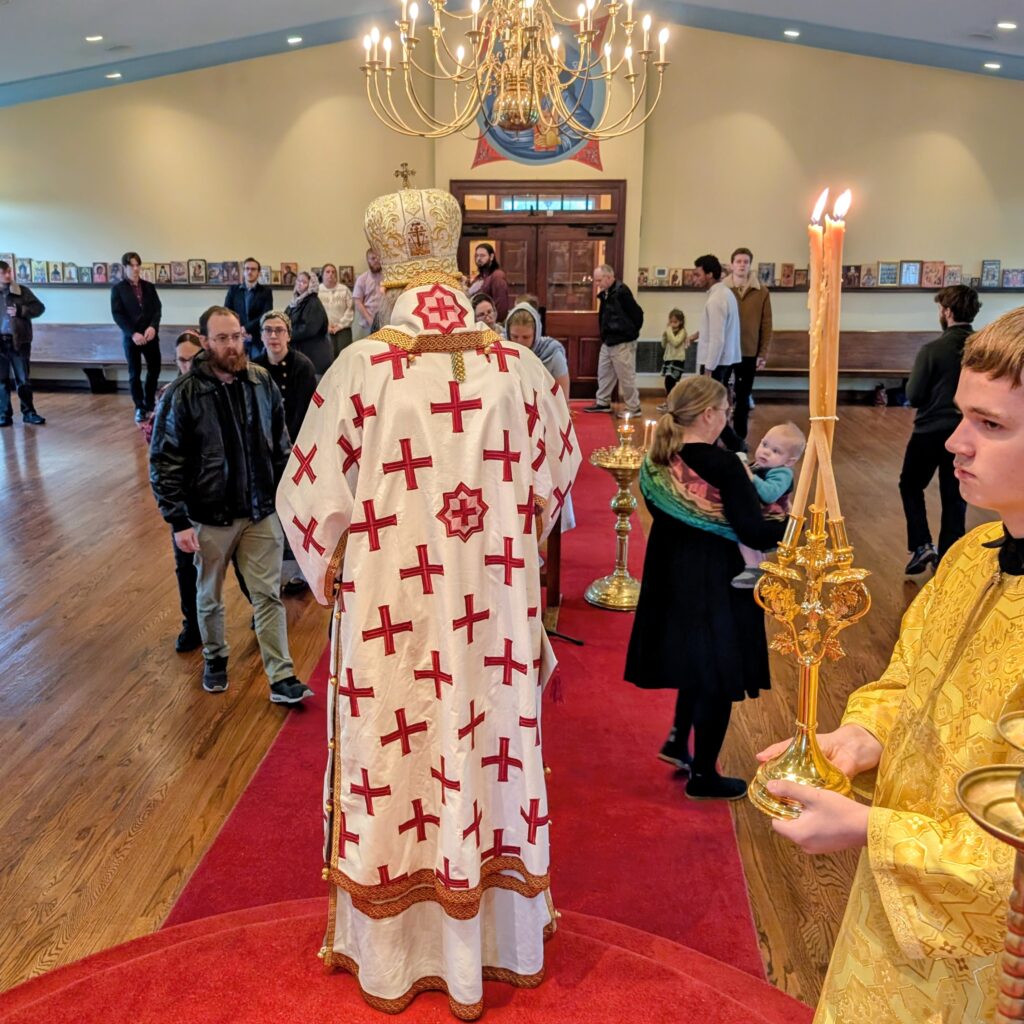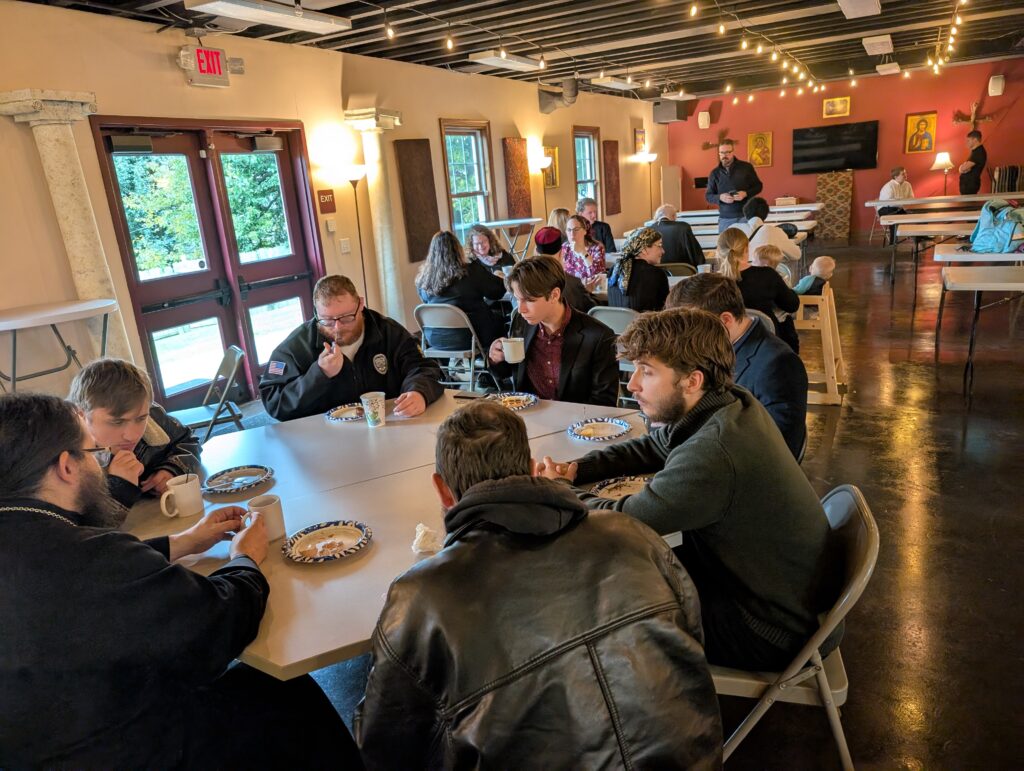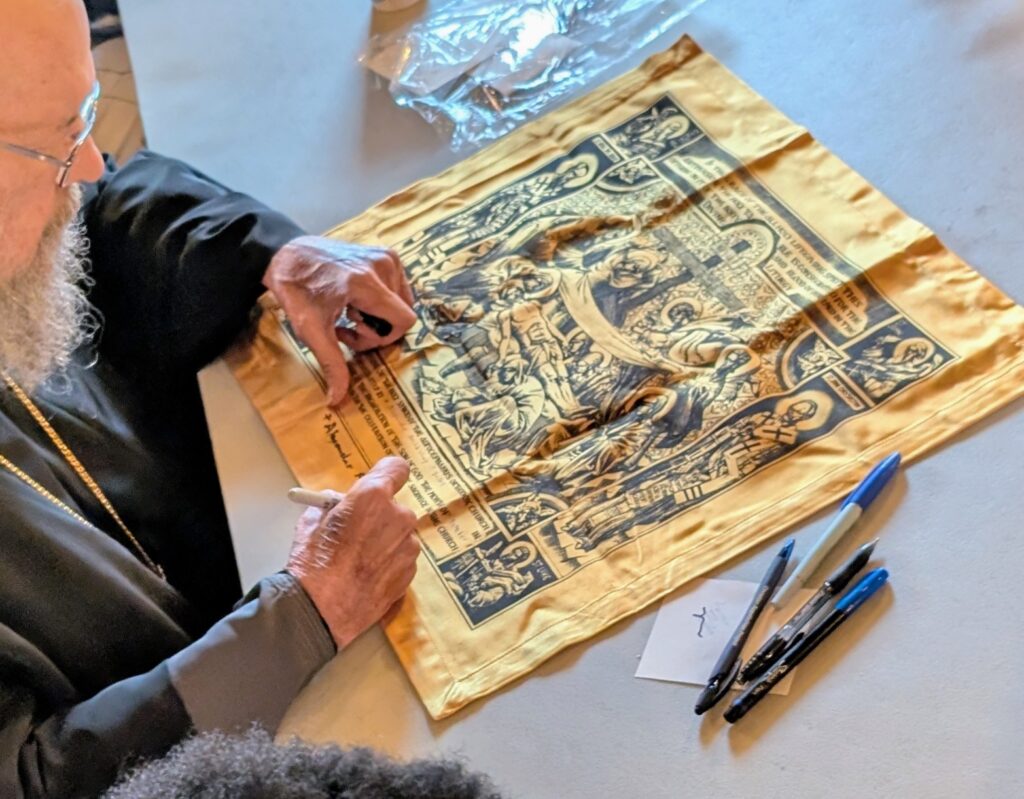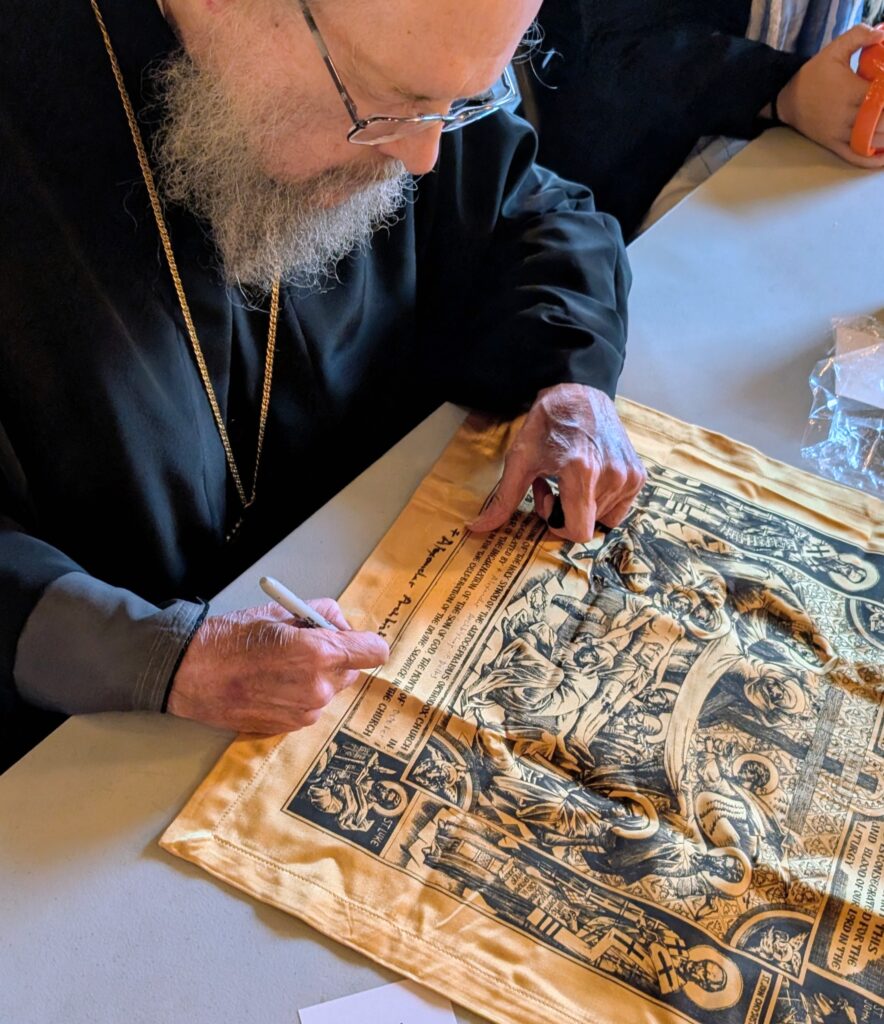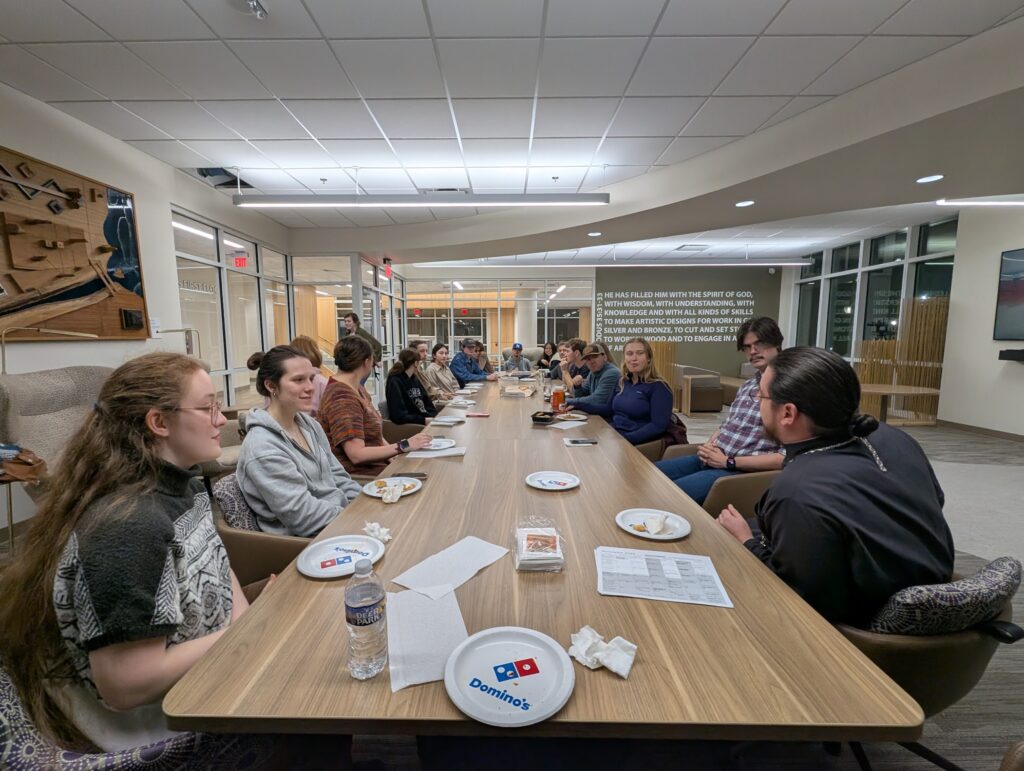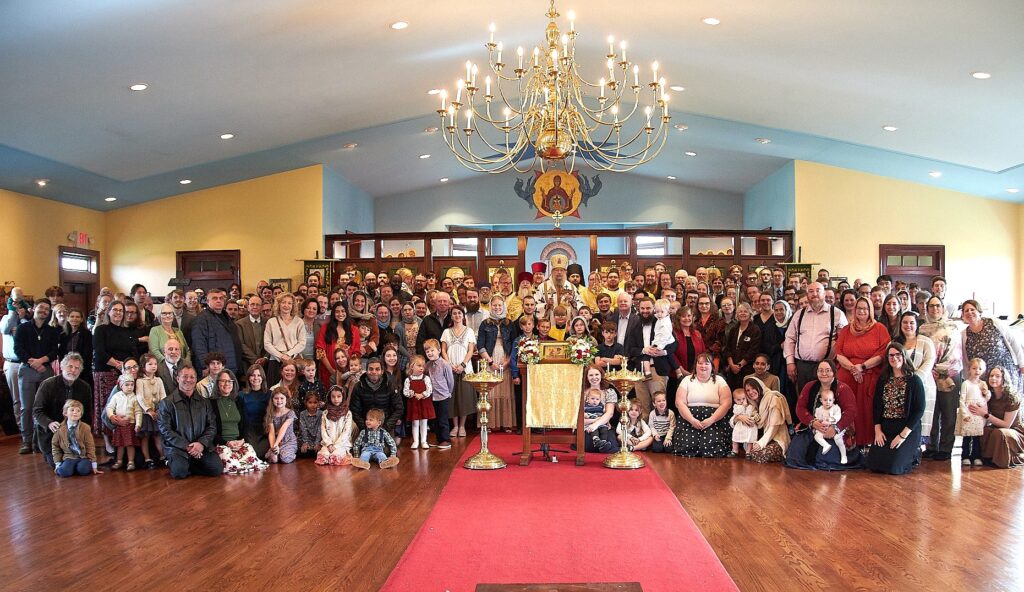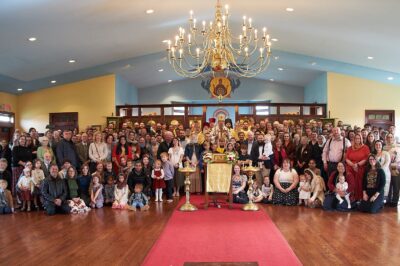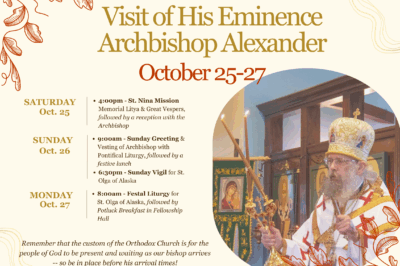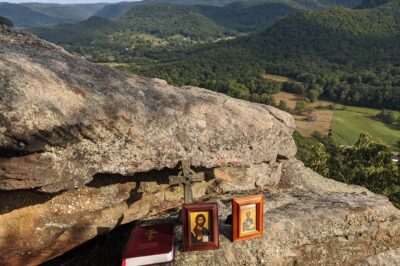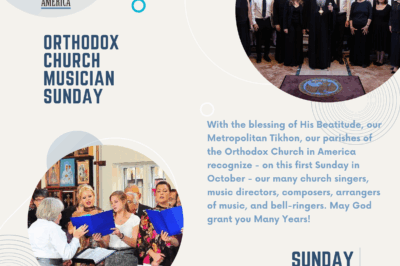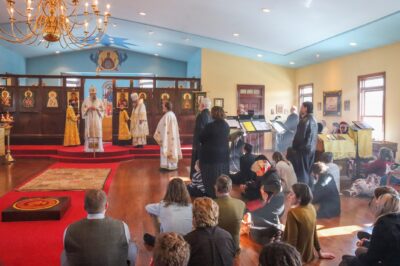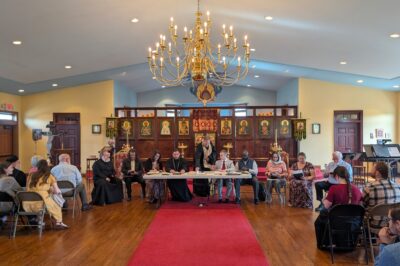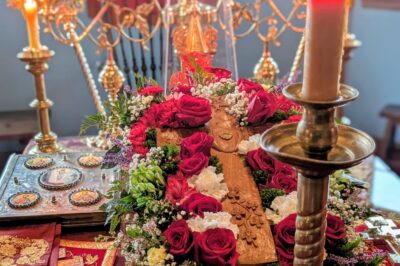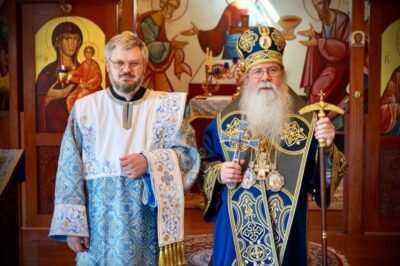As we enter November, the Church pivots gradually towards the Nativity Season. In the Orthodox Church, the pre-Christmas season begins with the Nativity Fast, which starts on November 15 and lasts until we break the fast on Christmas Day, December 25. Here are some highlights coming up in the month:
- Regular Events at St. Athanasius:
- Our 930am Sunday Liturgy continues to be our main service and point of contact for regulars and visitors. A Fellowship Hour with light lunch always follows this service.
- Our 630pm Saturday Great Vespers or Vigil is offered every Saturday evening. One priest (sometimes more) is always available to hear Confessions afterwards.
- Our 630pm Wednesday Vespers & Catechesis (Christian Education) & Fall Bonfire Fellowship continues to be a weekly part of sustaining our Faith and drawing others into our community. All are welcome!
- Our Virtual Adult Church School class is accessed via this Google Meet link at 8pm every Thursday — and helps us connect to our many people who live across Kentucky.
- Special Events only in November:
- Great Feast of the Entry of the Theotokos Into the Temple with Vigil at 630pm Thursday, Nov. 20 & Liturgy at 7am Friday, Nov. 21.
- Feast of Thanksgiving with Compline & Thanksgiving Akathist at 630pm Wednesday, Nov. 26 & Liturgy at 8am Thursday, Nov. 27.
We invite you to visit our daughter community, St. Nina Mission in Berea, which helps extend the reach of the Orthodox Faith along the I-75 corridor & Wilderness Trail. St. Nina Chapel is drawing people from Somerset, London, Corbin, and beyond. The chapel is now serving services twice a week on Tuesdays (630pm) and Saturdays (630pm.) We also serving two Sunday Liturgies per month in Berea. Our lead priest at St. Nina this year will be Fr. David Thatcher, who can be reached at fr.david@bluegrassorthodox.org.
You can also attend our Mercer County Chapel, which meets for Vespers & Dinner the 1st and 3rd Saturdays of the month at 430pm at the home of Fr. David Thatcher (482 E. Lexington St., Harrodsburg, KY.) You can can see what’s happening where by using our online calendar here or by simply checking out the pdf of our hard-copy calendar below:

Below is a collection of photos from October 2025, showing the full range of our parish life. We hope these photos inspire you to visit our church or one of our chapels. If you have questions about our calendar or any aspect of our Faith or parish life, please reach out to our associate astor Fr. Giorgi Lomsadze at fr.giorgi@bluegrassorthodox.org.
